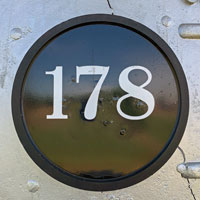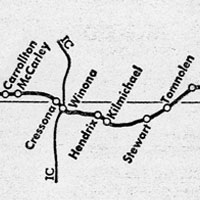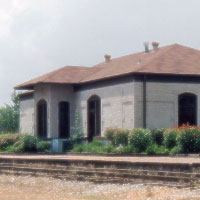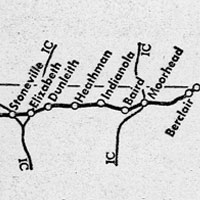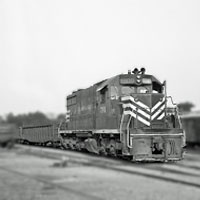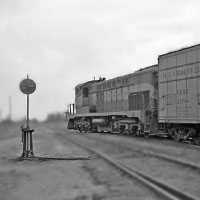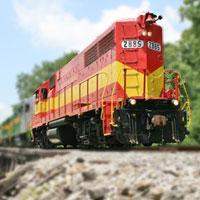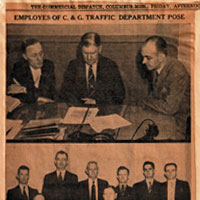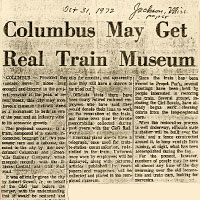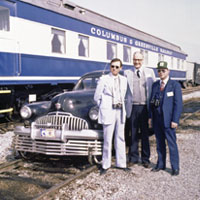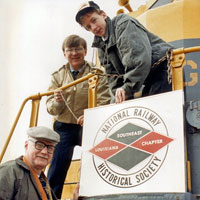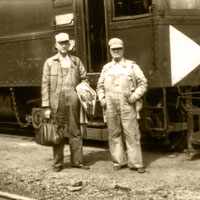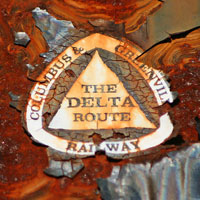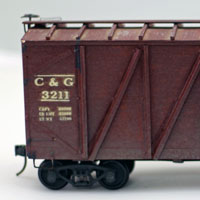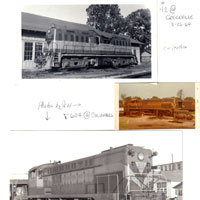





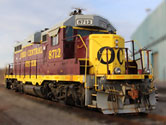
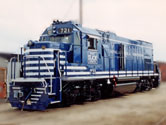
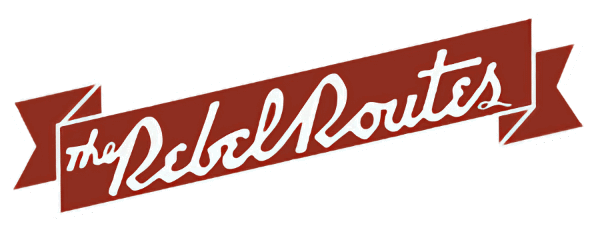


 Premier Shortline
Premier ShortlineColumbus & Greenville
The Delta Route — Through the Heart of Dixie
The origins of the venerable Columbus & Greenville Railway can be traced back to 1878 and a 3-foot narrow gauge operation based in Greenville, along the banks of the mighty Mississippi River. Sold to Georgia Pacific interests in 1881, this original little line eventually came under the control of the expanding Richmond & Danville Railroad company. Reorganized, relaid to standard gauge, and then expanded eastward into the state, by 1894 the Greenville to Columbus line was known as the Southern Railway in Mississippi. The Southern operated this 175 mile stretch of railroad as a westward extension of its vast southeastern system until 1924, when local Mississippi interests acquired and saved the line — the first of two such local rebirths in this Magnolia State centenarian's fascinating story.
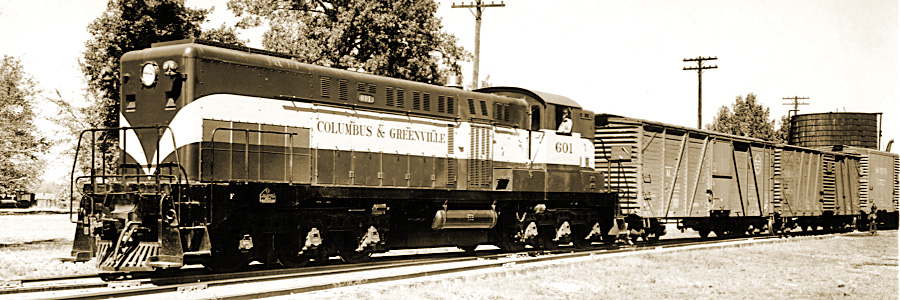

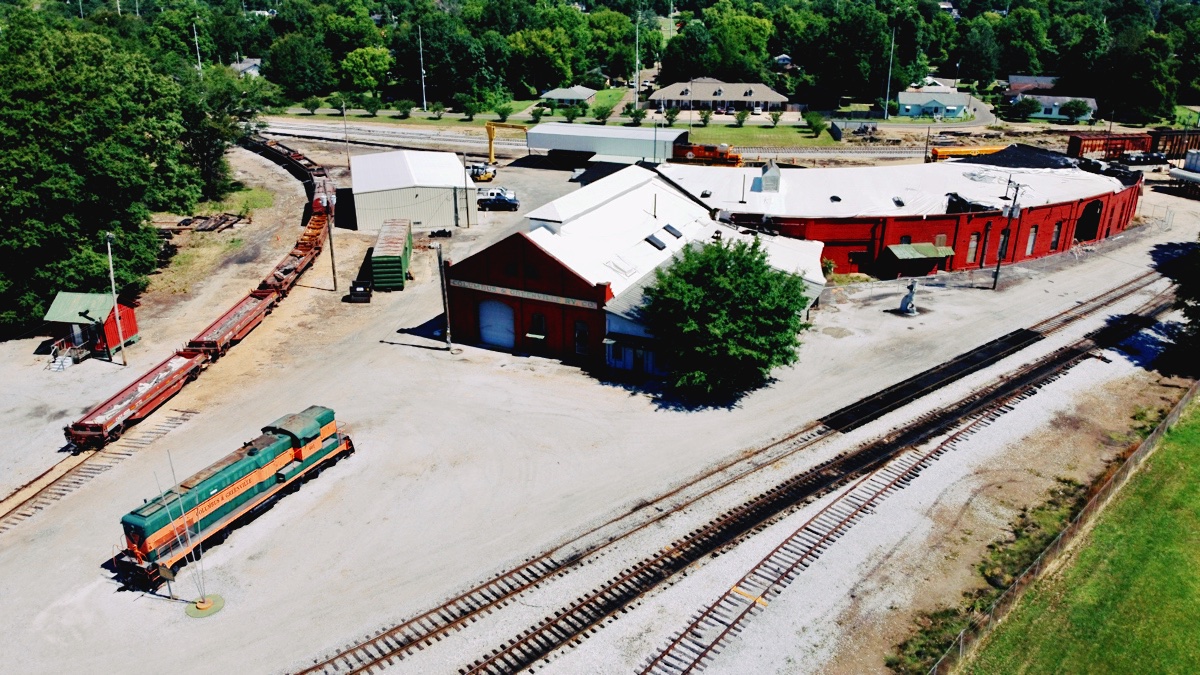
Columbus, Ms / Jun 2020 / RWH

1980 route map / collection

 onnecting Columbus in the east with Greenville in the west with passenger and freight service both, the newly-formed Columbus & Greenville — dubbed the "Delta Route" for the region of the state it served — survived World World II on aging second-hand steam power. The road entered the diesel era with a historic 1945 order for five Baldwin Locomotive Works road switchers. These six-axle diesel-electrics would be Baldwin's first domestic diesel-electric order, and the first of its road units to be put into commerical service anywhere in the world.
With an expanding and eclectic mix of motive power, operating over an ever-deteriorating right-of-way, the scrappy Delta Route plowed on in indepedent existence until 1972. In that fateful years, the beleaguered shortline was purchased by the newly-formed Illinois Central Gulf system.
onnecting Columbus in the east with Greenville in the west with passenger and freight service both, the newly-formed Columbus & Greenville — dubbed the "Delta Route" for the region of the state it served — survived World World II on aging second-hand steam power. The road entered the diesel era with a historic 1945 order for five Baldwin Locomotive Works road switchers. These six-axle diesel-electrics would be Baldwin's first domestic diesel-electric order, and the first of its road units to be put into commerical service anywhere in the world.
With an expanding and eclectic mix of motive power, operating over an ever-deteriorating right-of-way, the scrappy Delta Route plowed on in indepedent existence until 1972. In that fateful years, the beleaguered shortline was purchased by the newly-formed Illinois Central Gulf system.
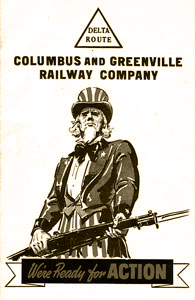 The ICG takeover of the Delta Route brought little benefit to the property, and much of its better equipment left the shortline for service elsewhere on the national ICG system.
Barely two years later, conditions on the former C&G had deteriorated to such a degree that local business interests came togehter — for the second time in the road's history — to purchase the line from a mainline carrier, this time not from the Southern but from the Illinois Central Gulf.
The Class 1 agreed to sell, and in 1975 the Delta Route began operating again as a local concern, now known as CAGY ... and "The Railroad that Cares."
Two batches of subsequent locomotive purchases — Geeps and CF7s — together with federal loans for much-needed track work helped the new CAGY successfully operate through the late 1970s and into the 1980s and its improved climate for the shortline business.
At its peak length, the Delta Route controlled 230 miles of Mississippi trackage: 175 miles of mainline between its namesake communities;
a 14-mile branch connecting Metcalf; and a 50-mile branch connecting Cleveland with Hollandale, remnants of a Yazoo & Mississippi Valley line. A holding company was also formed — CAGY Industries — to operate three smaller shortlines in the region: the Luxapalila Valley in western Alabama; the Redmont Railway in northern Mississippi; and the Chattooga & Chickamauga Railway in northwest Georgia.
The ICG takeover of the Delta Route brought little benefit to the property, and much of its better equipment left the shortline for service elsewhere on the national ICG system.
Barely two years later, conditions on the former C&G had deteriorated to such a degree that local business interests came togehter — for the second time in the road's history — to purchase the line from a mainline carrier, this time not from the Southern but from the Illinois Central Gulf.
The Class 1 agreed to sell, and in 1975 the Delta Route began operating again as a local concern, now known as CAGY ... and "The Railroad that Cares."
Two batches of subsequent locomotive purchases — Geeps and CF7s — together with federal loans for much-needed track work helped the new CAGY successfully operate through the late 1970s and into the 1980s and its improved climate for the shortline business.
At its peak length, the Delta Route controlled 230 miles of Mississippi trackage: 175 miles of mainline between its namesake communities;
a 14-mile branch connecting Metcalf; and a 50-mile branch connecting Cleveland with Hollandale, remnants of a Yazoo & Mississippi Valley line. A holding company was also formed — CAGY Industries — to operate three smaller shortlines in the region: the Luxapalila Valley in western Alabama; the Redmont Railway in northern Mississippi; and the Chattooga & Chickamauga Railway in northwest Georgia.
 After the year 2000, decreased freight traffic, deteriorating roadway, and a bridge collapse on the eastern end of the line prompted the CAGY to cease through-freight operations between West Point and Greenwood.
Interchange and industrial switching continue in the greater Columbus area in the east, and new customers have been developed in the west between Greenwood and Greenville. In 2008, control of the remaining bifurcated Delta Route was purchased by the Genessee & Wyoming shortline holding company,
which has incorporated the two segments of the railroad into its Southern Region.
After the year 2000, decreased freight traffic, deteriorating roadway, and a bridge collapse on the eastern end of the line prompted the CAGY to cease through-freight operations between West Point and Greenwood.
Interchange and industrial switching continue in the greater Columbus area in the east, and new customers have been developed in the west between Greenwood and Greenville. In 2008, control of the remaining bifurcated Delta Route was purchased by the Genessee & Wyoming shortline holding company,
which has incorporated the two segments of the railroad into its Southern Region.
Currently, the G&W-owned Columbus & Greenville is 150 miles long, hauling commodities including agricultural products, chemicals and plastics, metals, waste. Railcar storage is also provided. Interchanges are maintained with the Norfolk Southern, Kansas City Southern, and Burlington-Northern Santa Fe in the Columbus area, and with the Canadian National at Greenwood for the western end of the operation. As of 2020, after decades offline, the Great River Railroad in Rosedale is making plans to reactivate its short line, which would once again interchange with the western end of the CAGY at Metcalf. CAGY shops are maintained in around the historic roundhouse in Columbus.
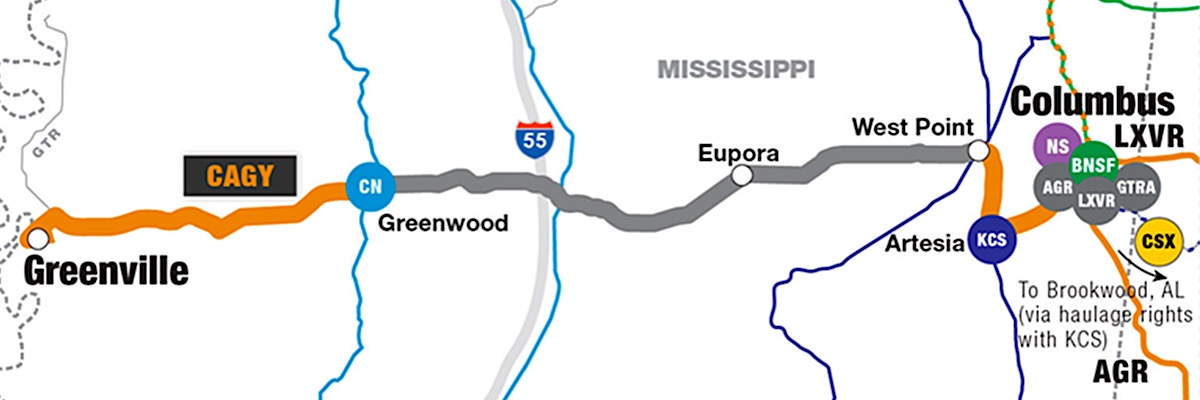
current Genesee & Wyoming route map / web

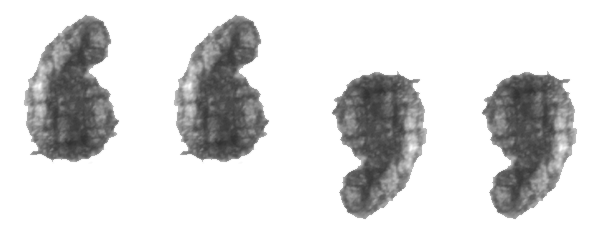
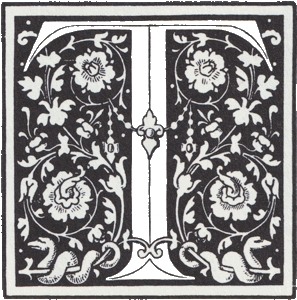 o a great extent the little railroad known to Henry T. Ireys, John Brown Gordon, and A.T. Stovall is gone. No longer does ten-wheeler No. 178 try to get two cars of passengers and a car of mail from Columbus to Greenville in five hours on a train called the Deltan. Still, the classic roundhouse in Columbus is active as it has been since 1908, and C&G's first diesel locomotive, wearing a new paint scheme, still regularly switches Columbus yard. C&G boxcars no longer proclaim the slogan "Thru the Heart of Dixie." There is a new slogan for the company now, which may explain its survival: "The Railroad that Cares."
o a great extent the little railroad known to Henry T. Ireys, John Brown Gordon, and A.T. Stovall is gone. No longer does ten-wheeler No. 178 try to get two cars of passengers and a car of mail from Columbus to Greenville in five hours on a train called the Deltan. Still, the classic roundhouse in Columbus is active as it has been since 1908, and C&G's first diesel locomotive, wearing a new paint scheme, still regularly switches Columbus yard. C&G boxcars no longer proclaim the slogan "Thru the Heart of Dixie." There is a new slogan for the company now, which may explain its survival: "The Railroad that Cares."
Louis R. Saillard - Delta Route: A History of the Columbus & Greenville - 1981
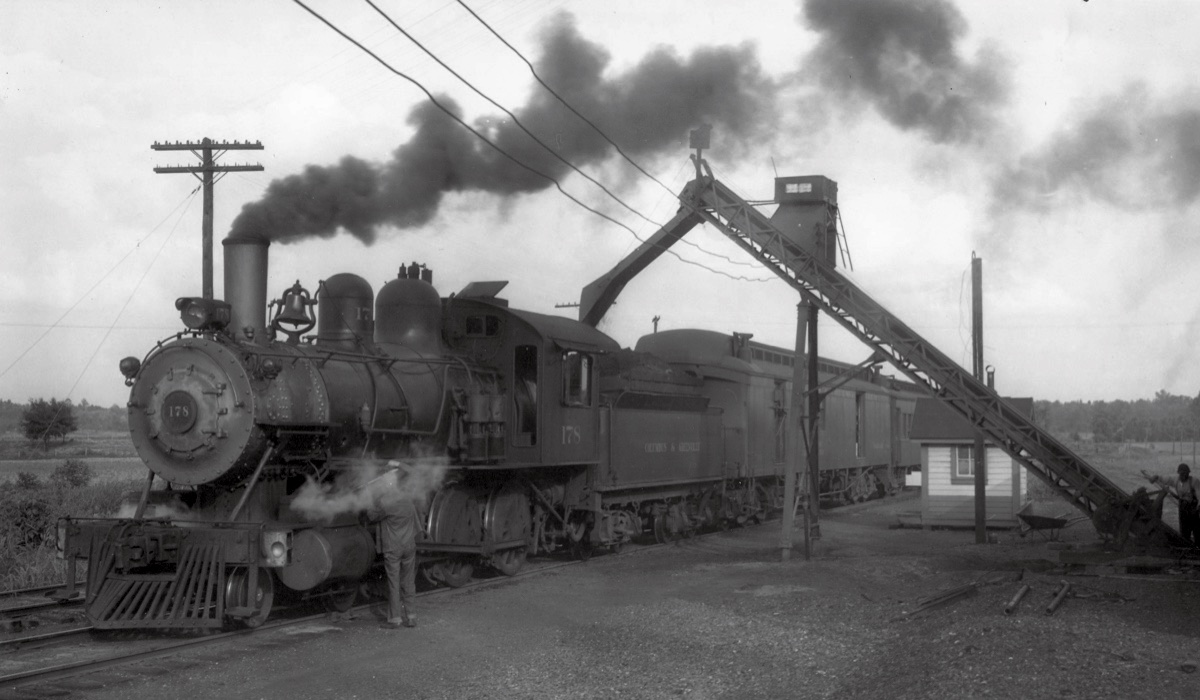
Winona, Ms / 1940 / collection
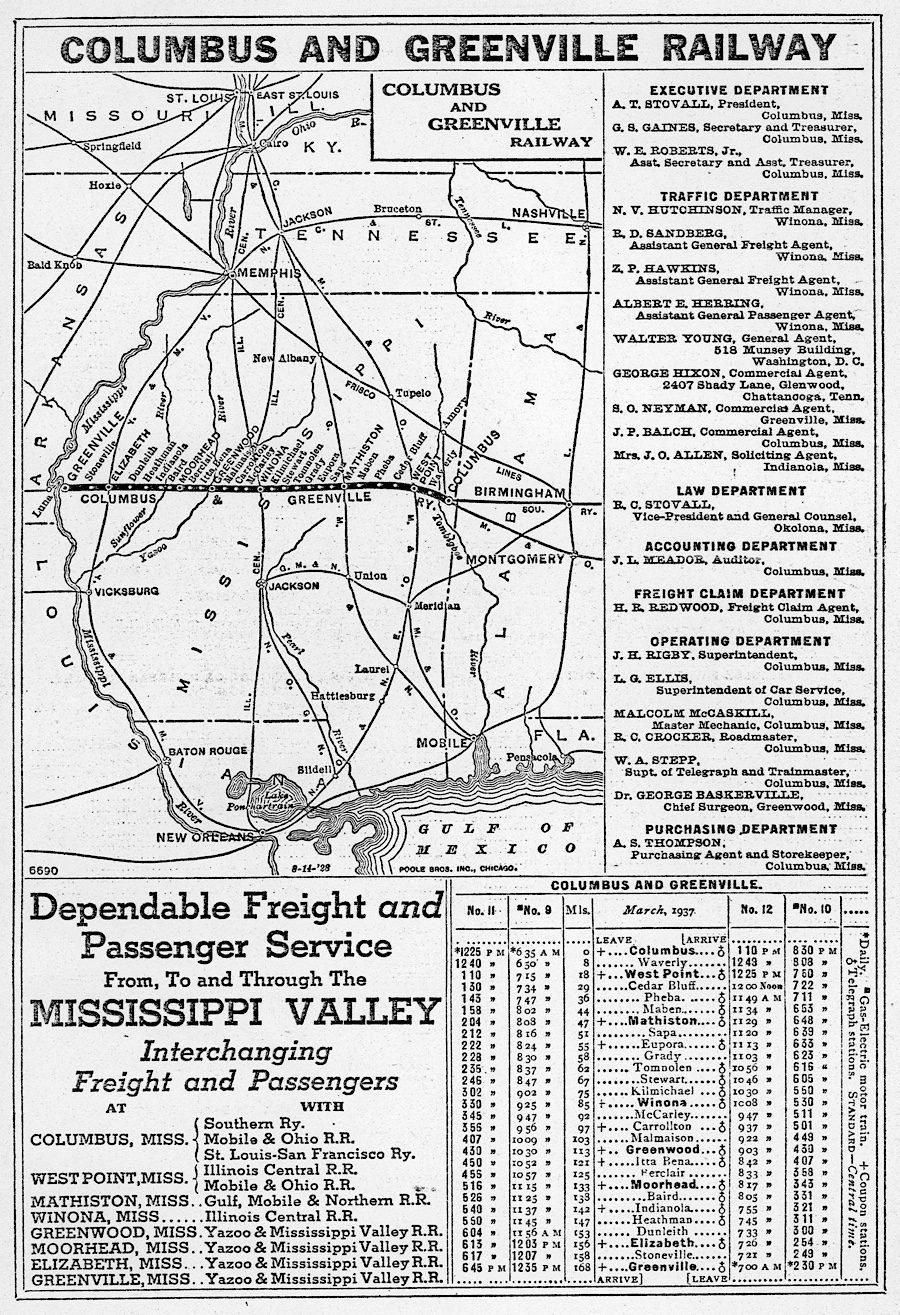
1938 Official Guide ad / collection
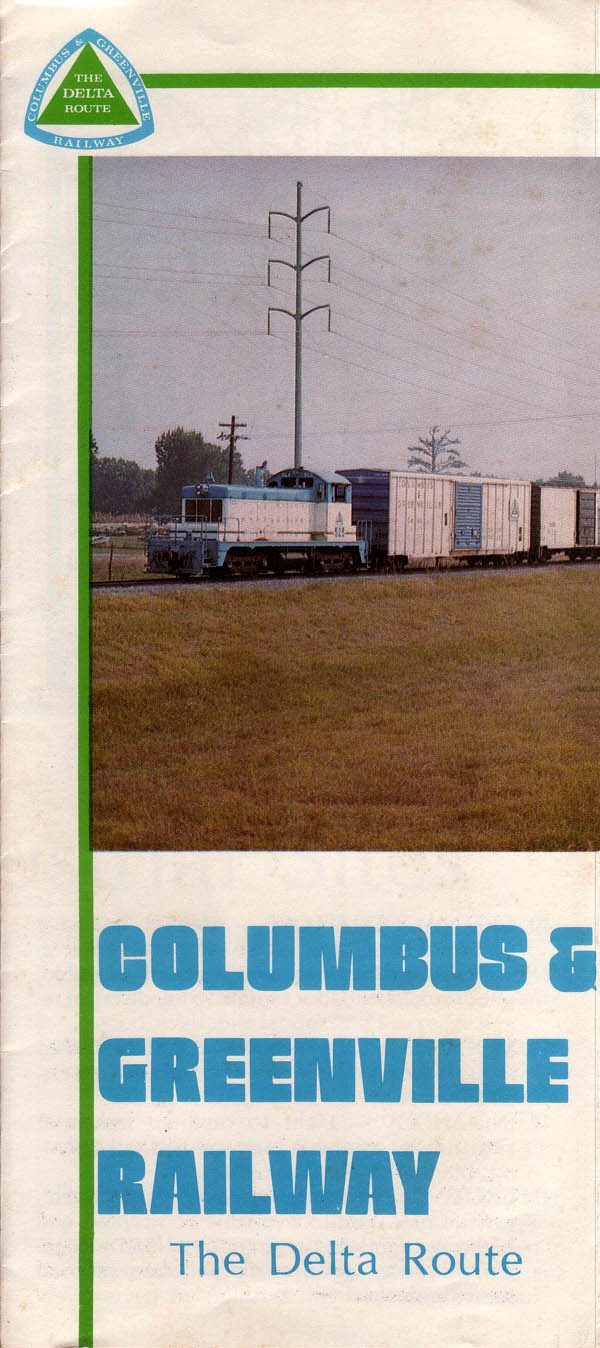
1970 brochure
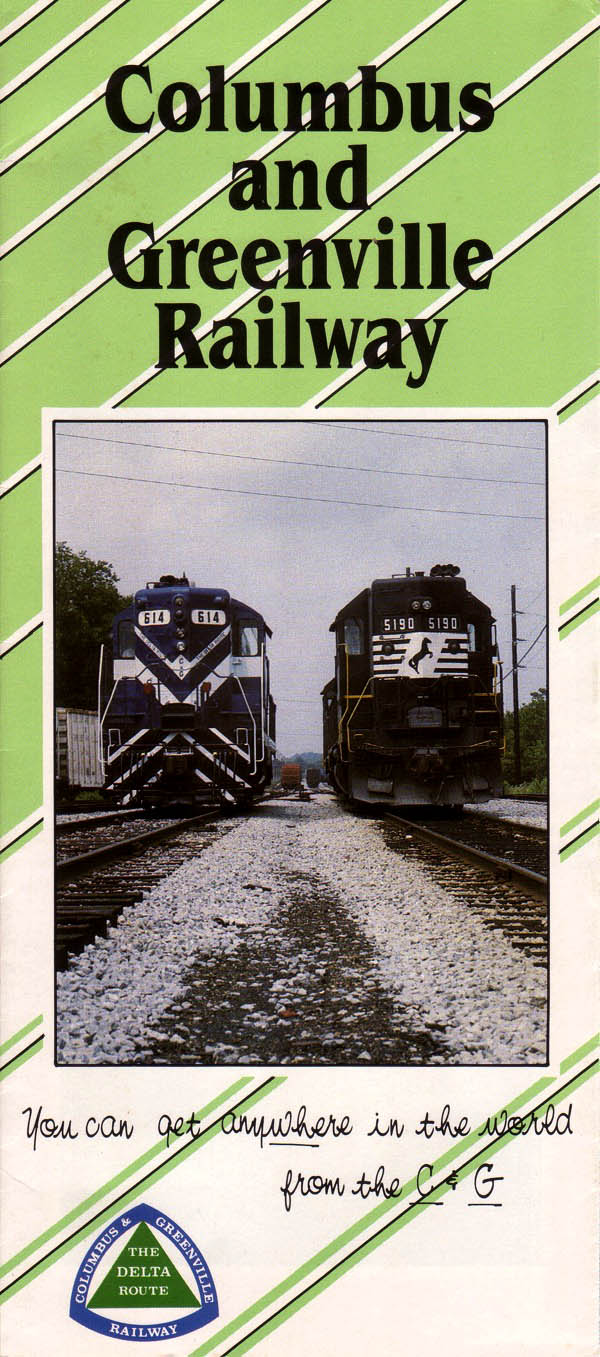
1980 brochure / collection
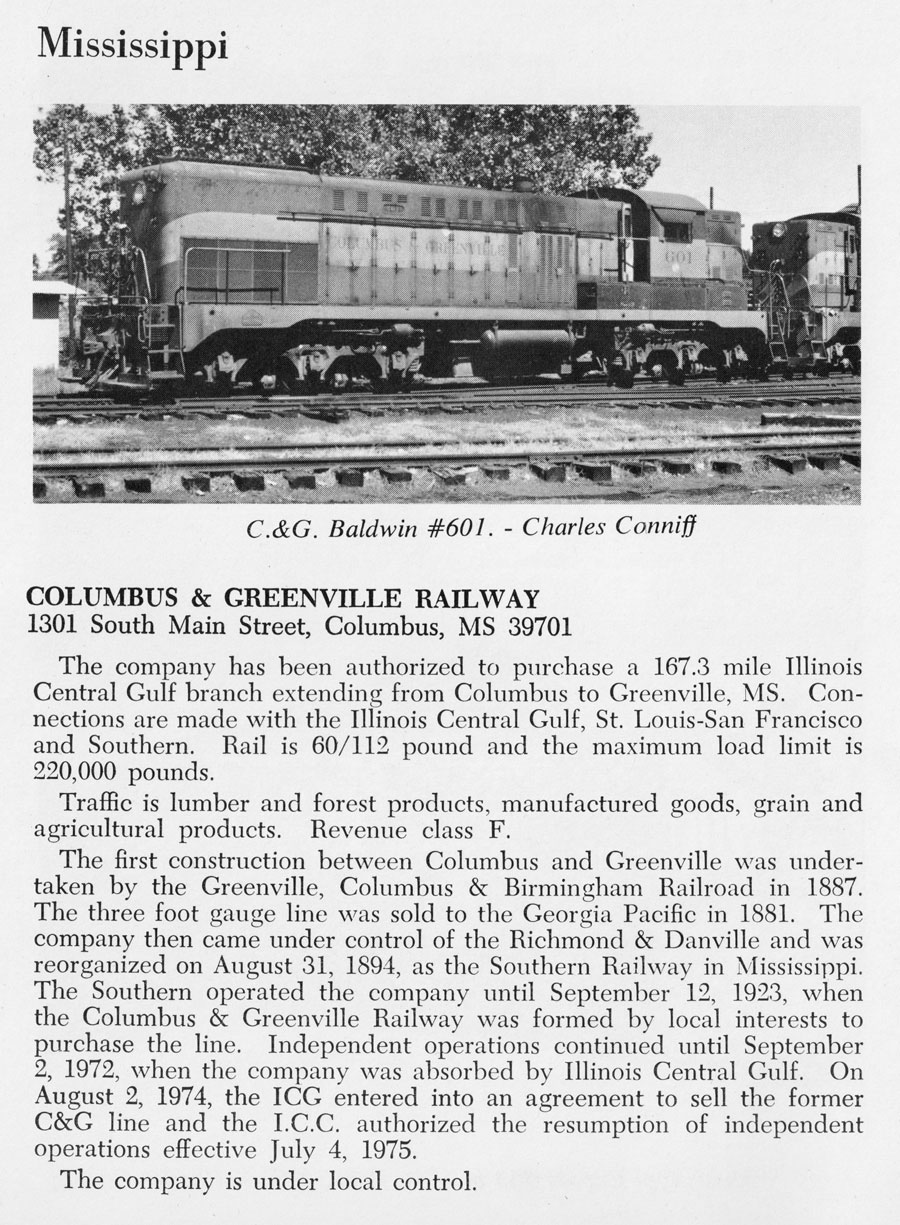
from American Short Line Railway Guide
- Edward Lewis - 1975 / collection


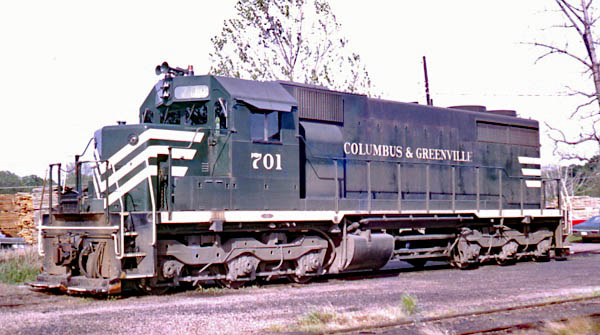
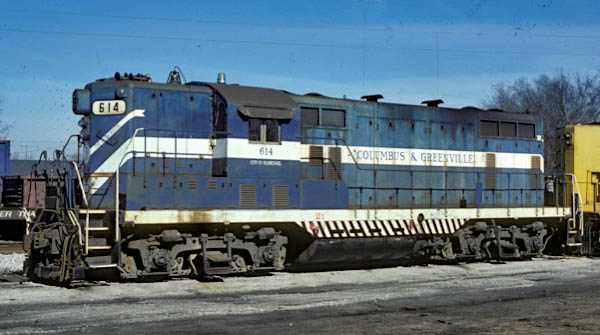

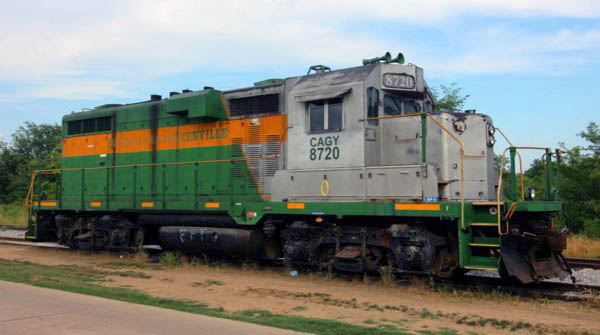
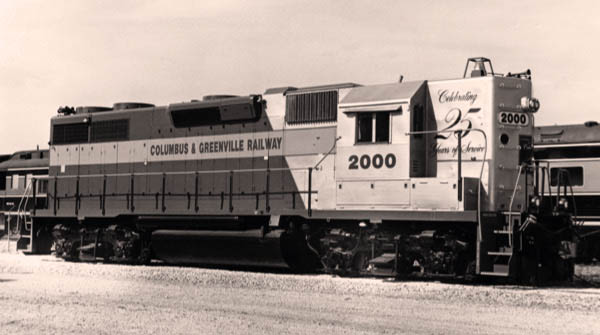
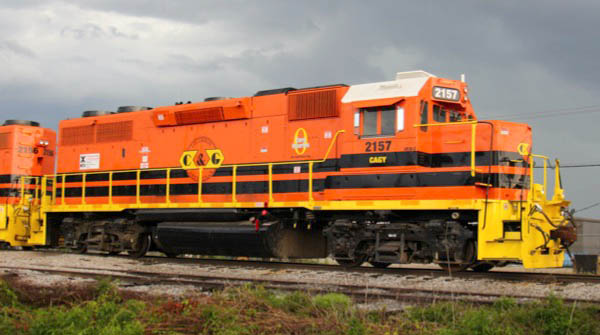

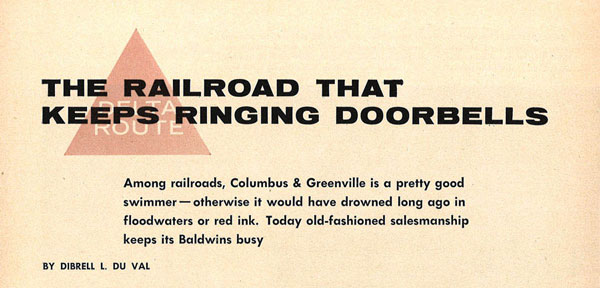 Among railroads, Columbus & Greenville is a pretty good
swimmer — otherwise it would have drowned long ago in
floodwaters or red ink. Today old-fashioned salesmanship
keeps its Baldwins busy: the railroad that keeps ringing doorbells.
Among railroads, Columbus & Greenville is a pretty good
swimmer — otherwise it would have drowned long ago in
floodwaters or red ink. Today old-fashioned salesmanship
keeps its Baldwins busy: the railroad that keeps ringing doorbells.
Dibrell L. Du Val - 1958
 Lagniappe
Lagniappe

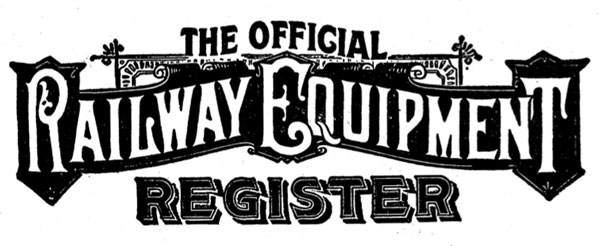 Columbus & Greenville Railway Company. Reporting marks "C & G." Do not confuse with Central of Georgia Railway.
Columbus & Greenville Railway Company. Reporting marks "C & G." Do not confuse with Central of Georgia Railway.
The Official Railway Equipment Register, 1938

Rough Riders
Columbus, Ms / collection
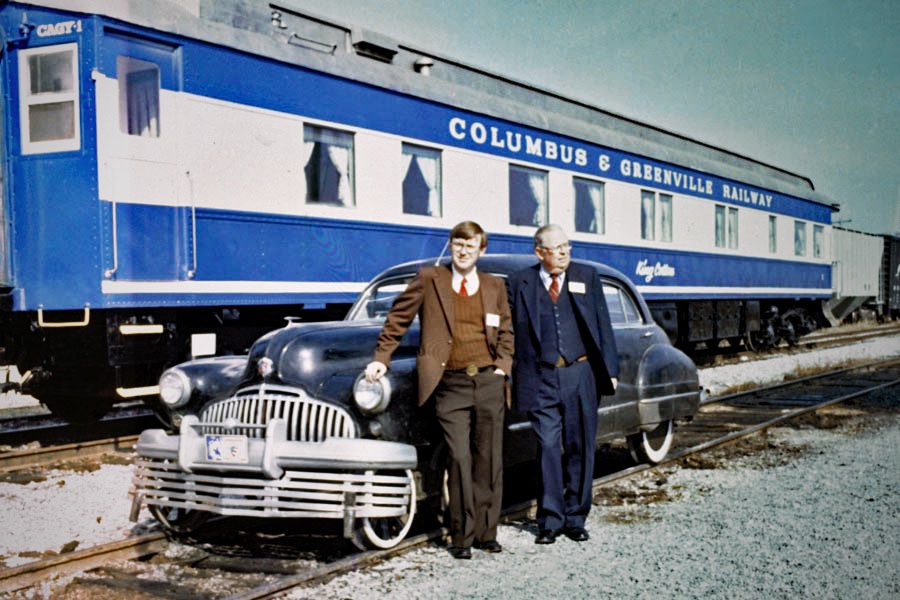
A Scholar and a Gentleman
Greenwood, Ms / Feb 1982 / collection
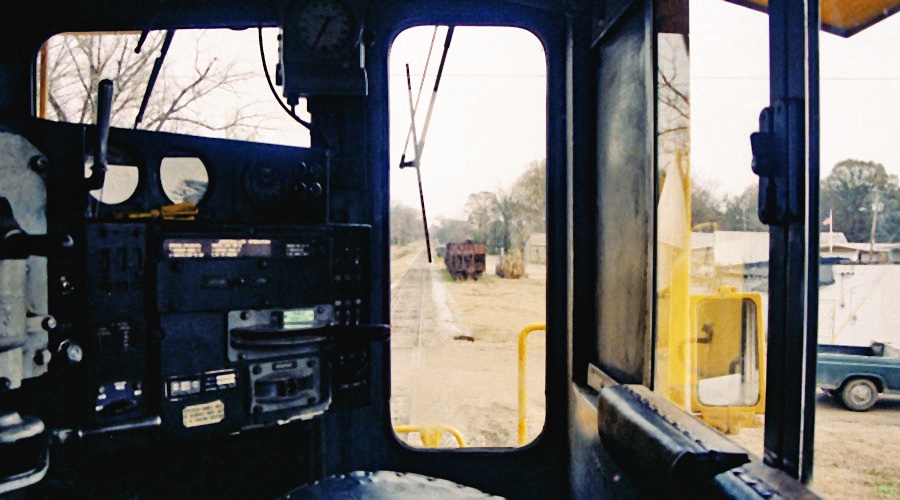
Carrollton Under Control
North Carrollton, Ms / Dec 1989 / RWH
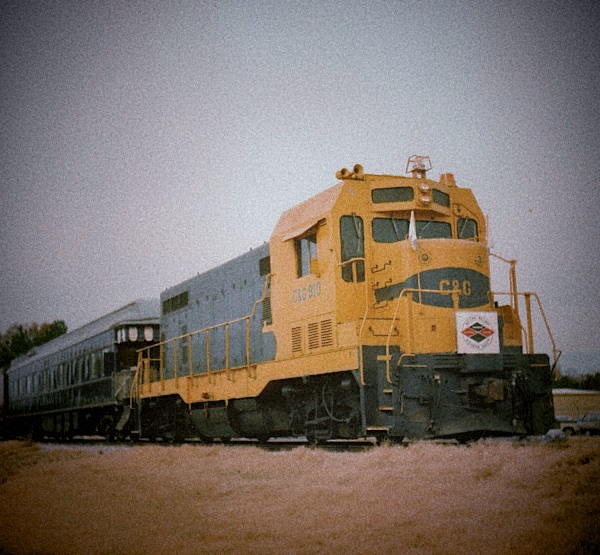
Cinderella's Ball
Dec 1989 / JCH
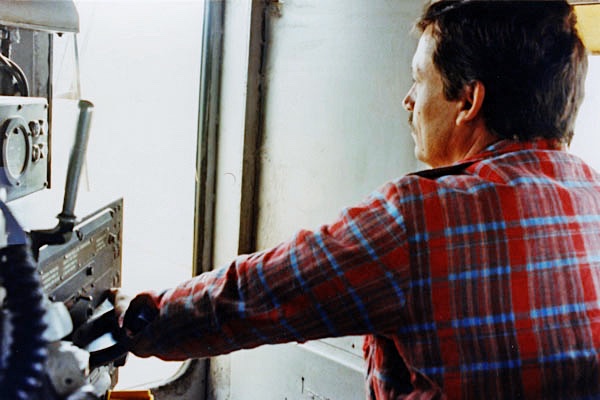
The Steady Hand
Dec 1989 / RWH
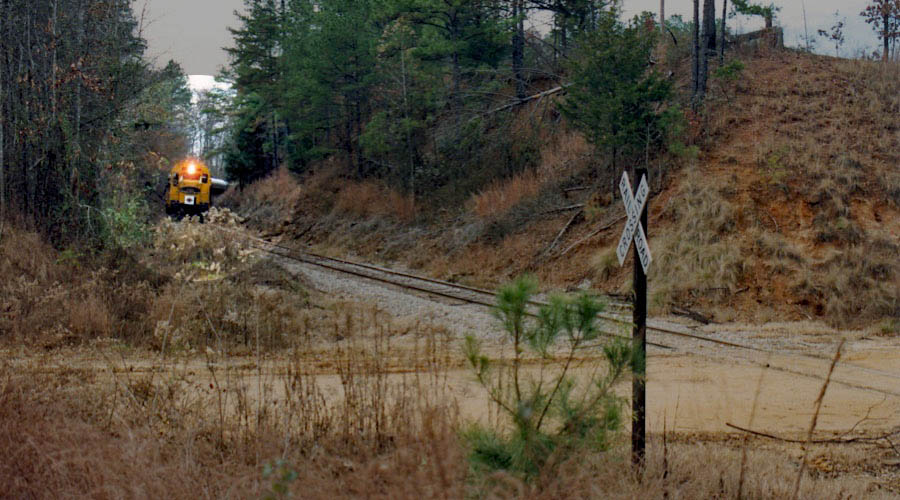
"She'll Be Comin' Round the Mountain"
Dec 1989 / JCH
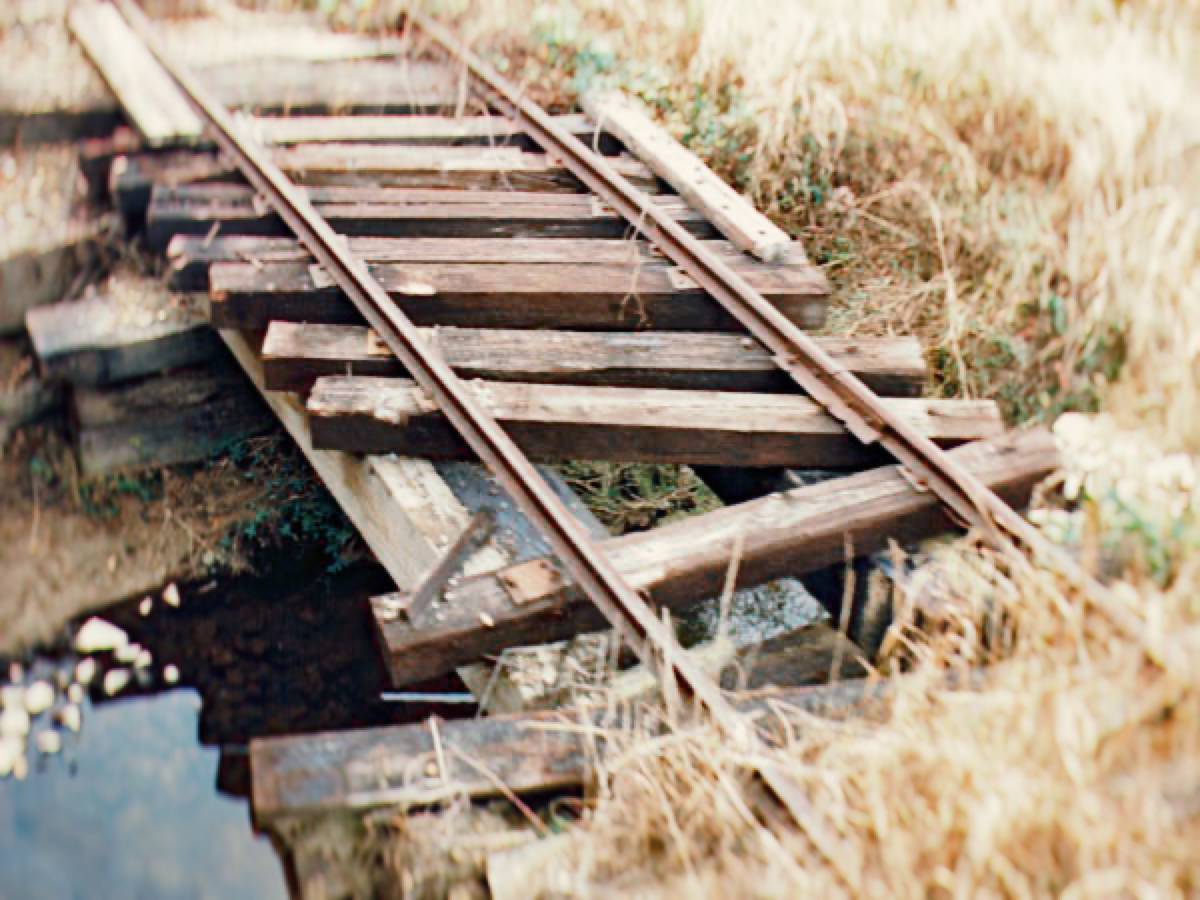
A Real Fixer Upper
Winona, Ms / Dec 1989 / RWH
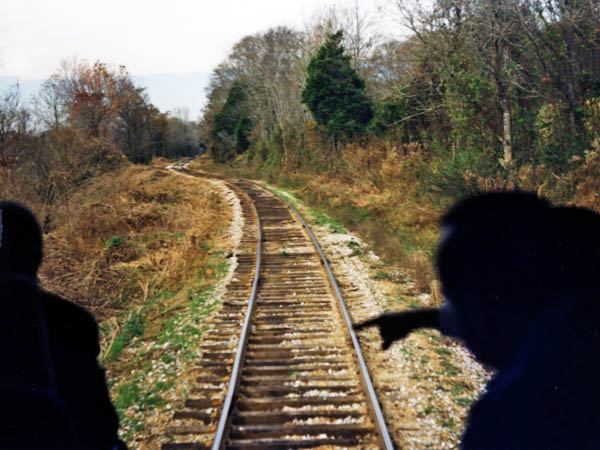
Mr. Sam's Road
Dec 1989 / JCH
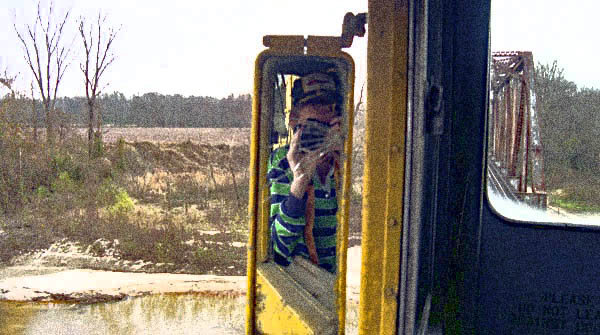
Santa Fe Selfie
Dec 1989 / RWH
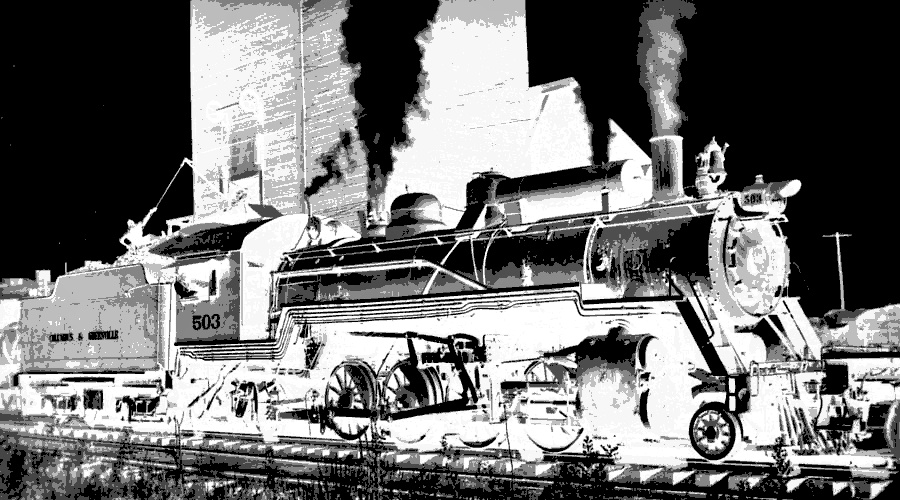
Mike the Machine
Columbus, Ms / 1944 / collection
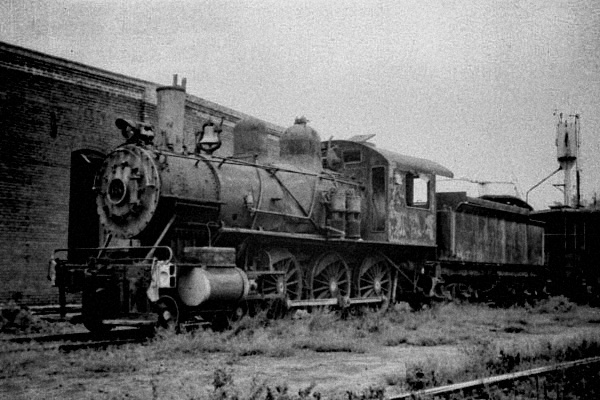
"Technically on Standby"
Columbus, Ms / Dec 1967 / JCH
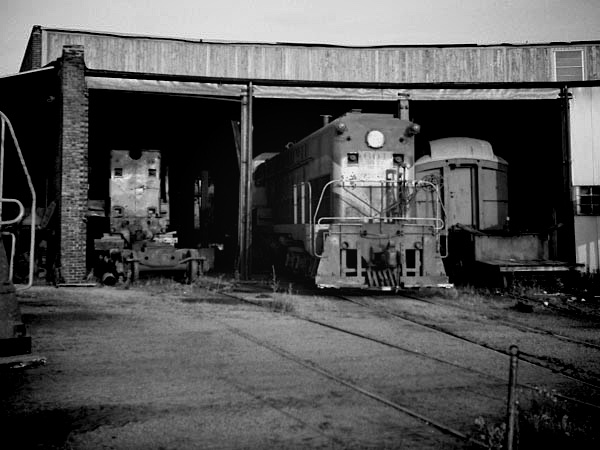
Morning Stretches
Columbus, Ms / Jun 1972 / JCH

Bill Traylor's Glamour Girl
RWH
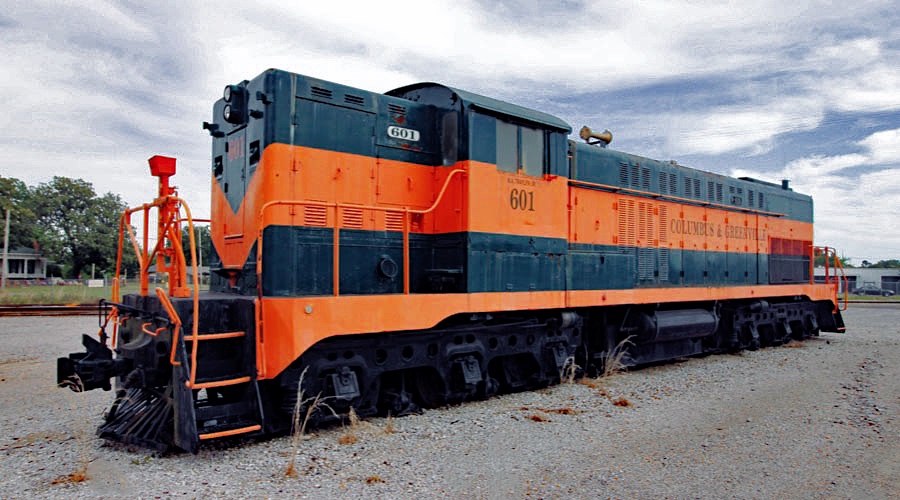
Decidedly Delta Route
Columbus, Ms / Jun 2020 / RWH
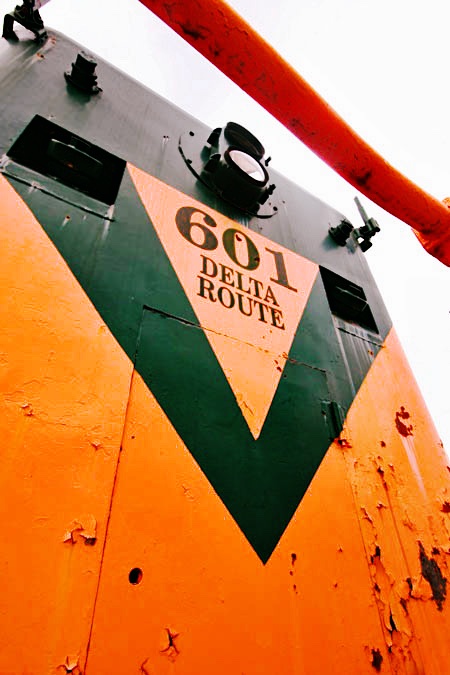
The Delta Difference
Jun 2020 / RWH
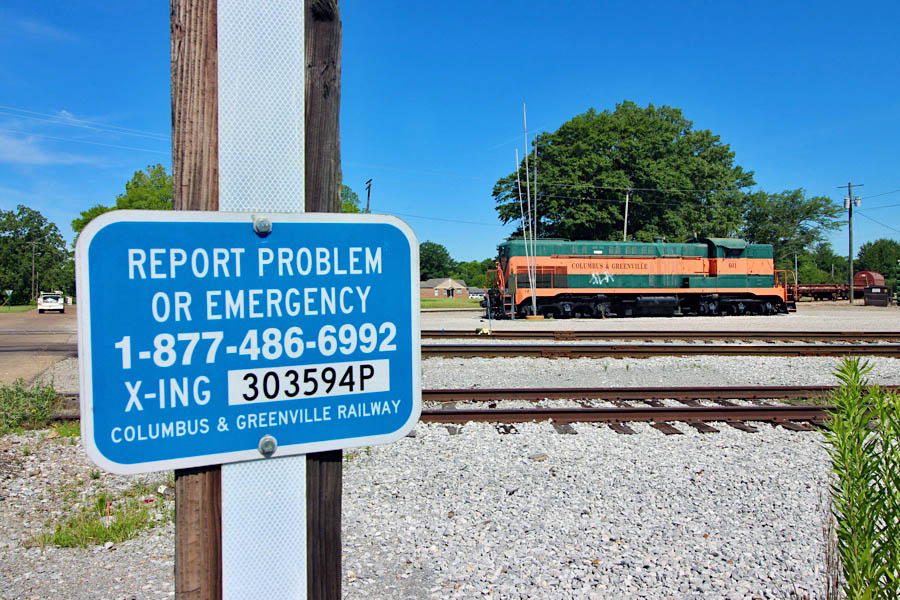
"I'd Like to Report Some Vandalism"
Columbus, Ms / Jun 2020 / RWH
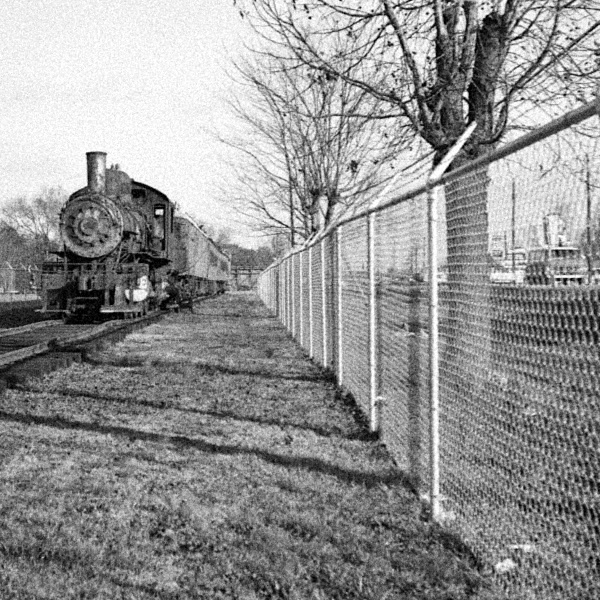
Fence Line Shooting
Columbus, Ms / Dec 1972 / JCH

Stormy Times Ahead
Columbus, Ms / late 1960s / JCH
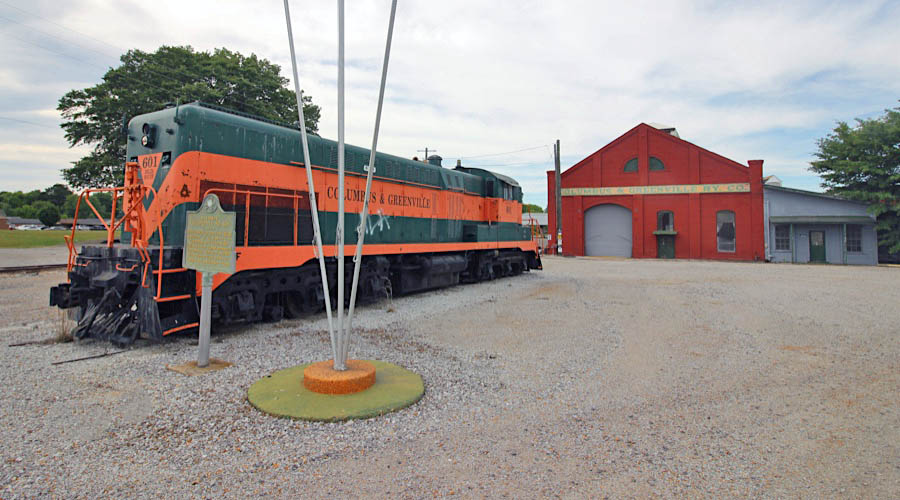
The Road Switcher Shrine
Columbus, Ms / Jun 2020 / RWH
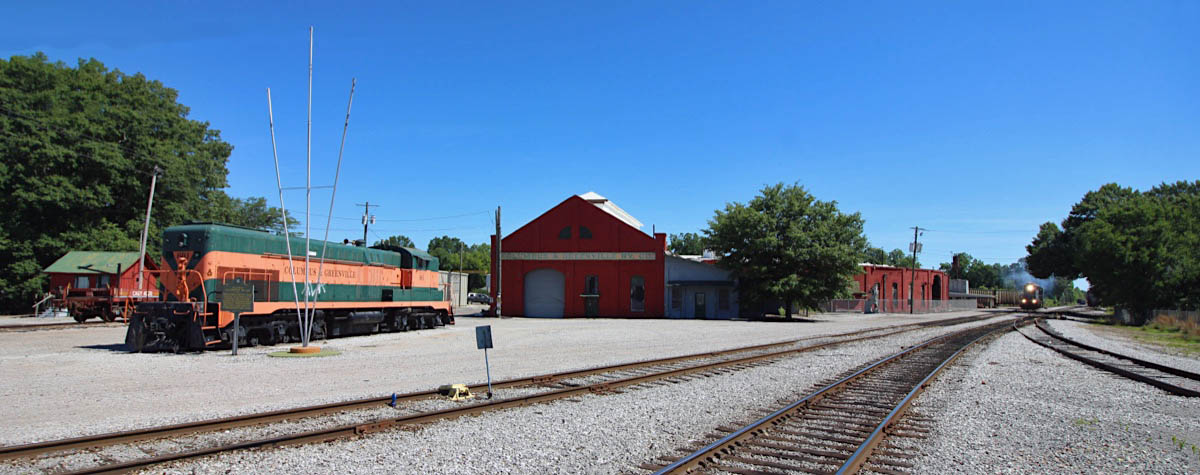
Operations Central
Columbus, Ms / Jun 2020 / RWH
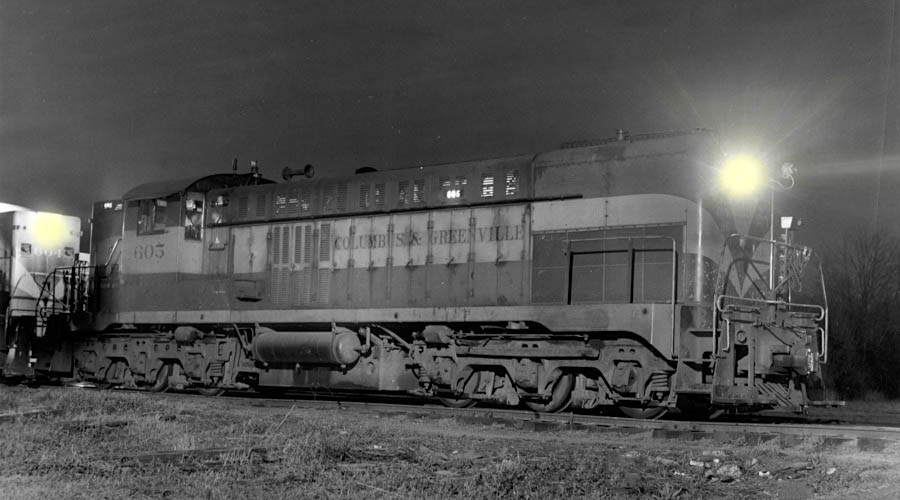
The Night the Baldwins Came to the Rescue
Columbus, Ms / 1972 / Louis Saillard
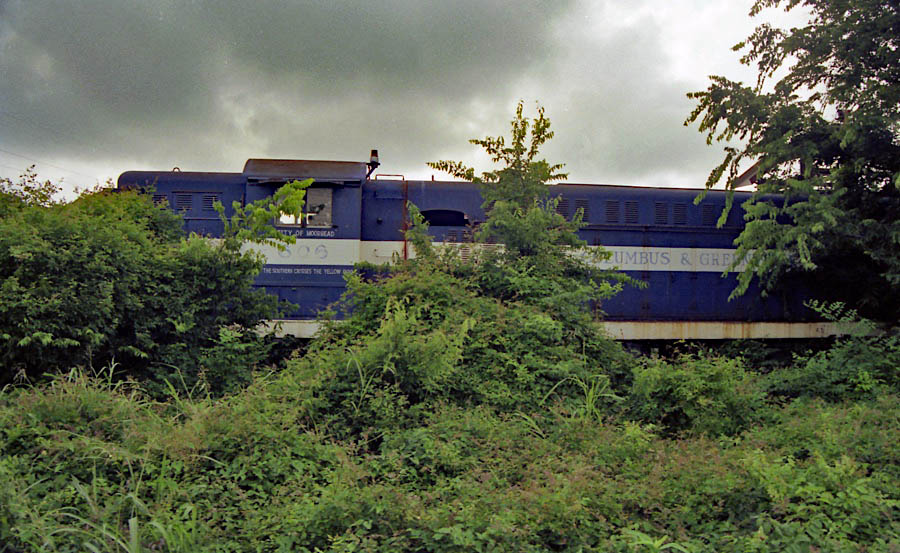
Put Out to Pasture
Greenville, Ms / Jul 1989 / RWH
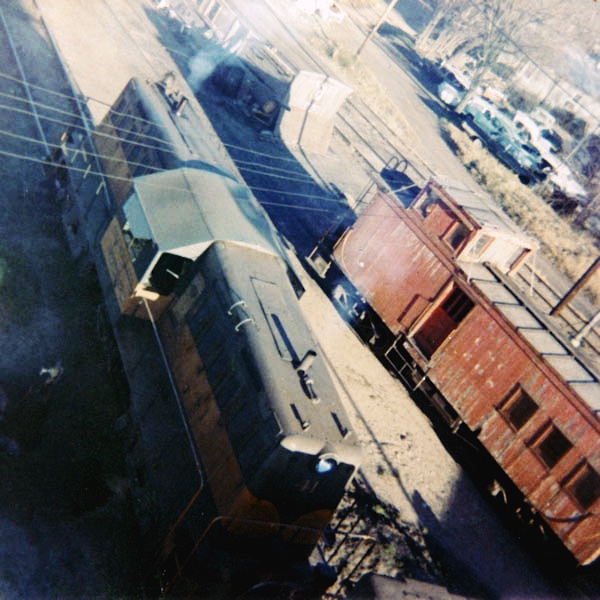
Top Down Management
Columbus, Ms / Jan 1971 / JCH

Young Love
Columbus, Ms / Jul 1989 / JCH

Greenwood, Mississippi, 5:47pm
Greenwood, Ms / Jun 2020 / RWH
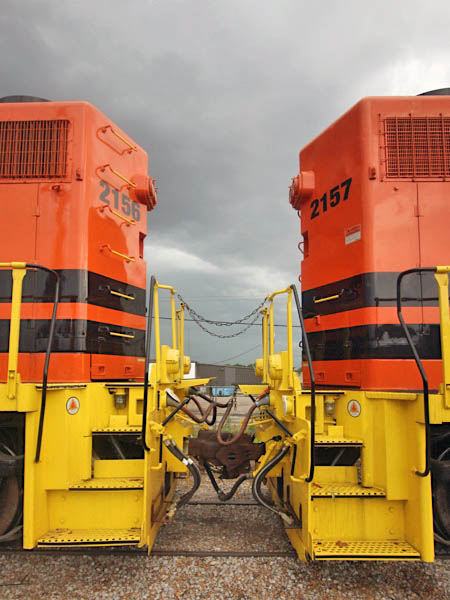
Mating Ritual
Jun 2020 / RWH
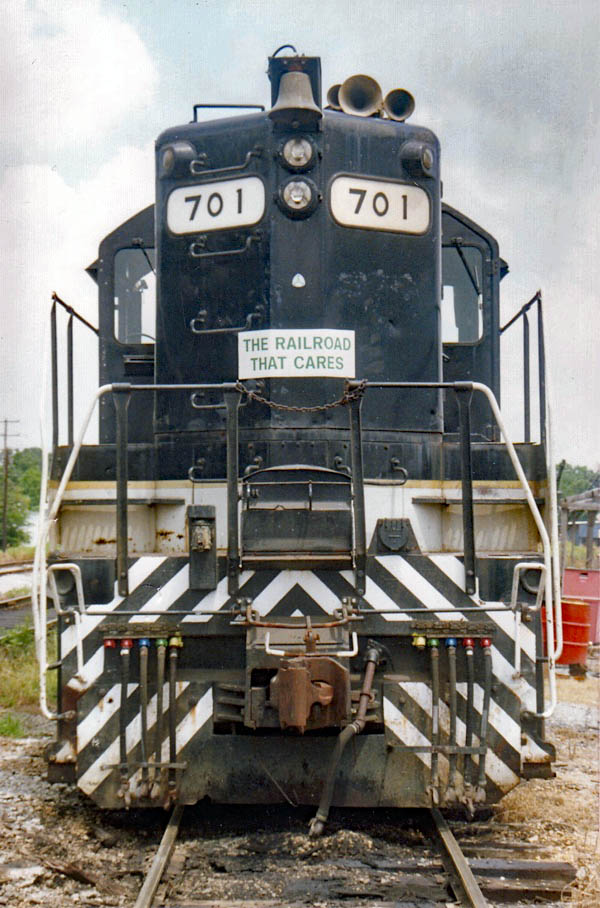
A Geep with a Heart
Jul 1989 / RWH
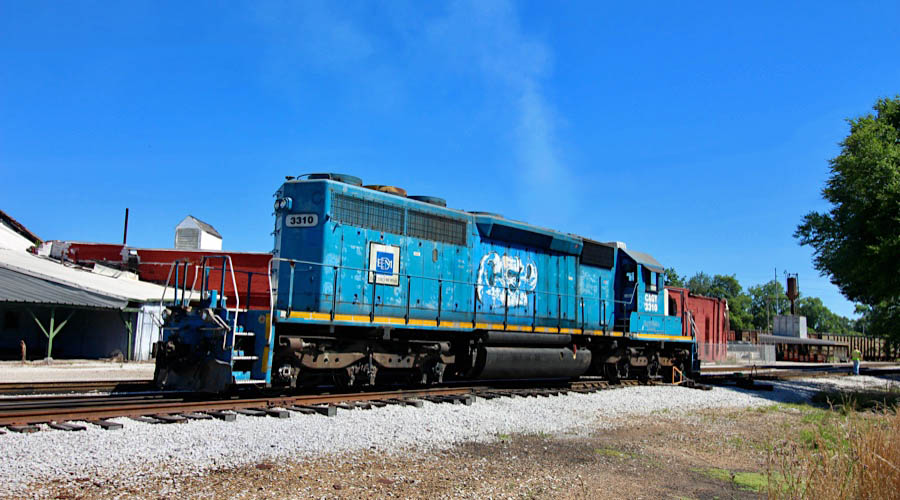
A Big Bruiser
Columbus, Ms / Jun 2020 / RWH
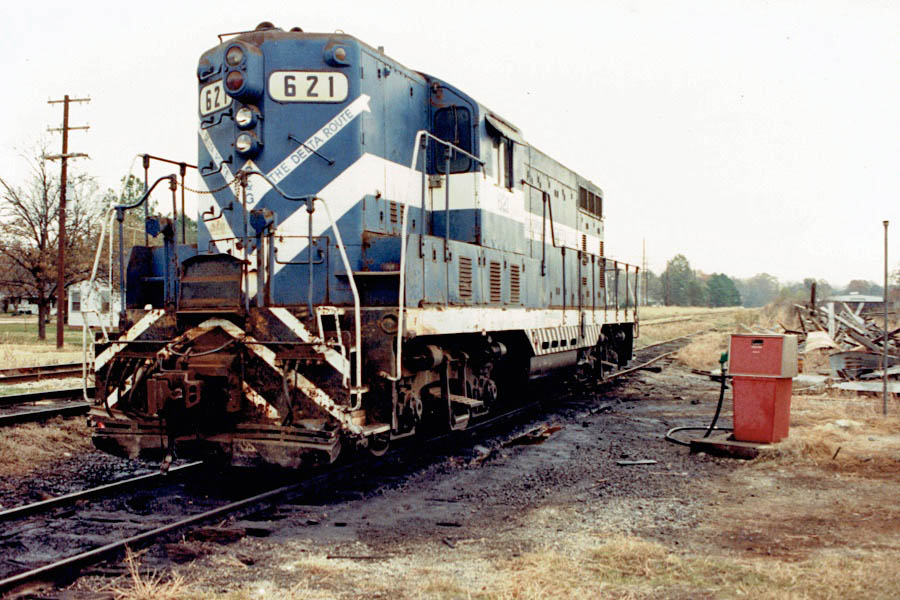
"And Can You Also Check the Oil?"
Greenwood, Ms / Jul 1989 / RWH
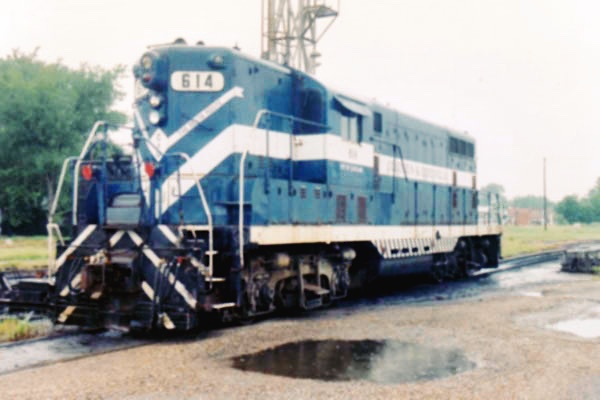
Mississippi Mist
Greenville, Ms / Jul 1989 / RWH

Eyes on the Prize
Greenville, Ms / Jul 1989 / RWH
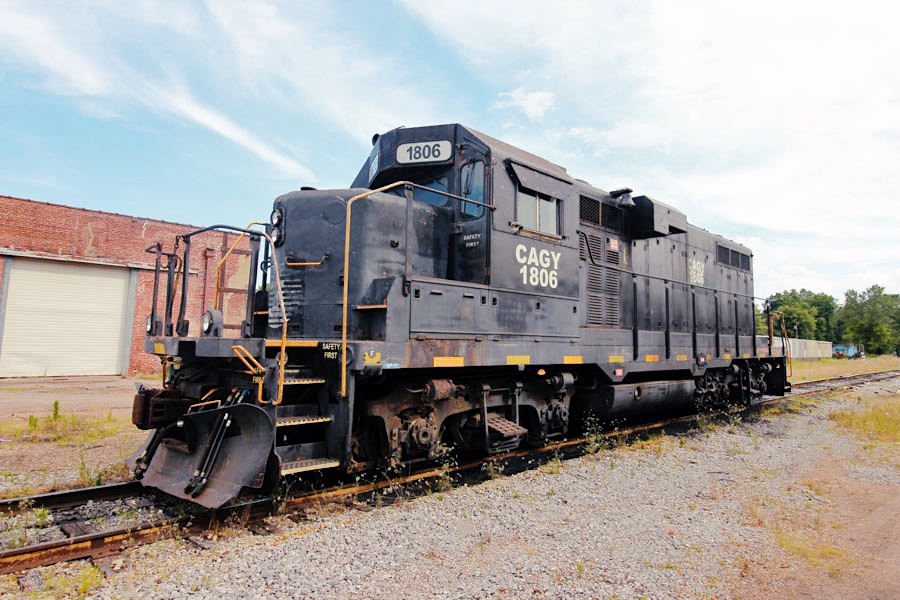
Practical Paducah
Greenville, Ms / Jun 2020 / RWH
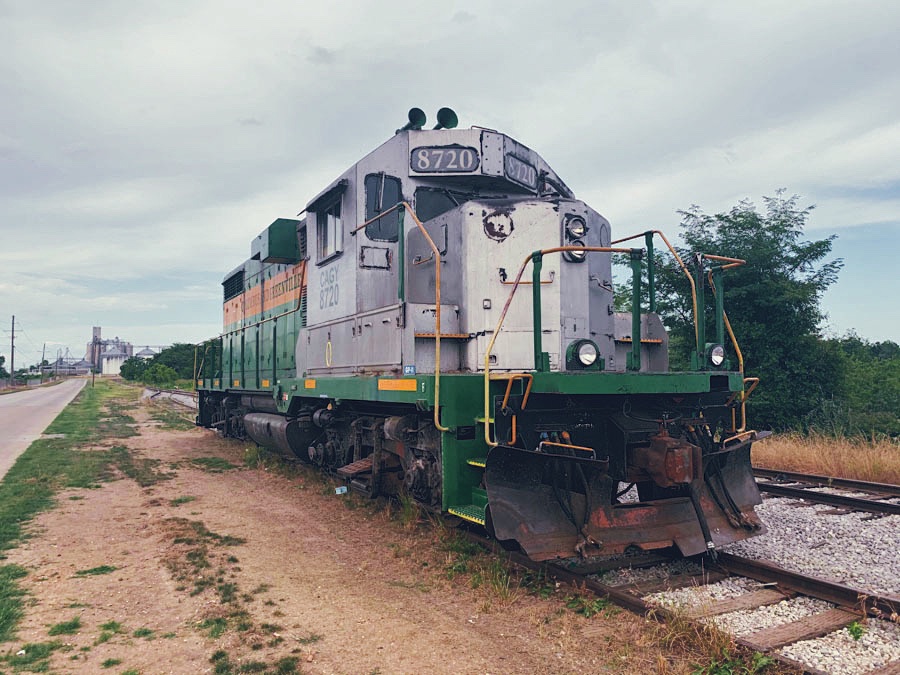
Levee Lines
Greenville, Ms / Jun 2020 / RWH

Light Duty
Nov 1970 / JCH
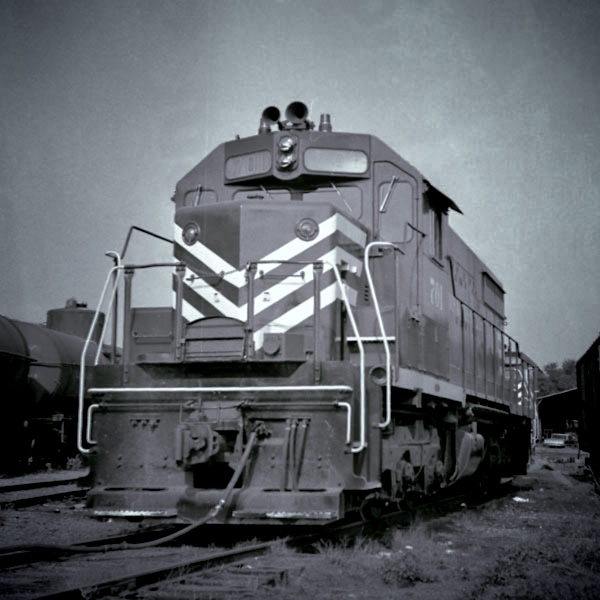
Spartan Soldier
Columbus, Ms / Dec 1969 / JCH
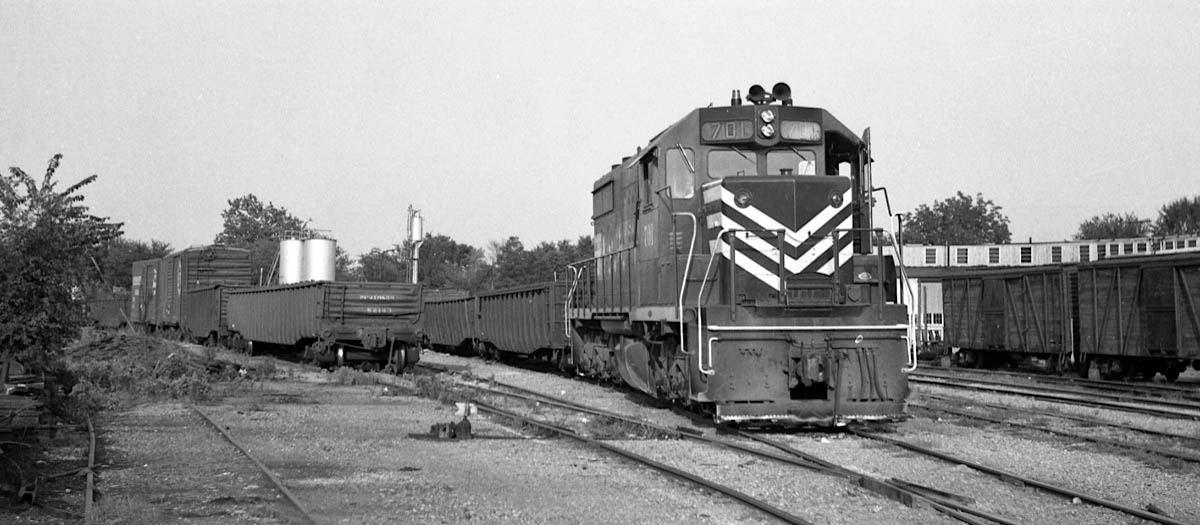
Terminal Time
Columbus, Ms / Jun 1970 / JCH
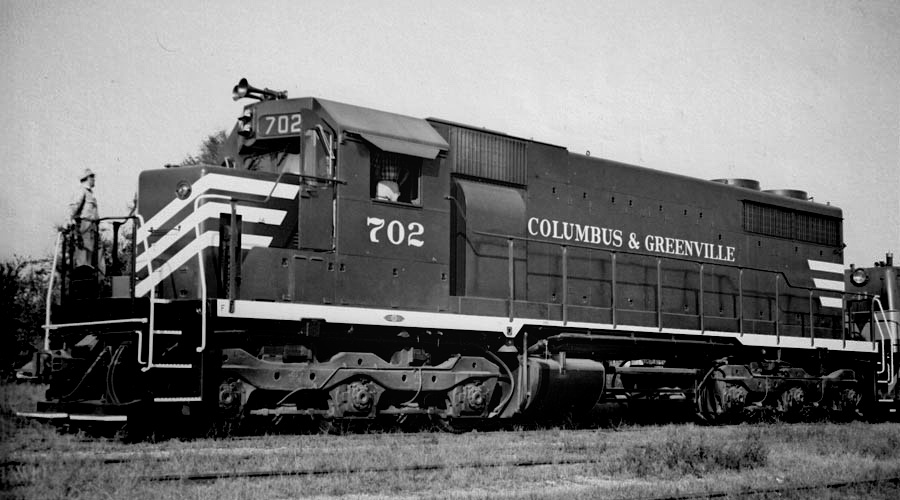
Forward Looking Folks
Columbus, Ms / Feb 1966 / collection
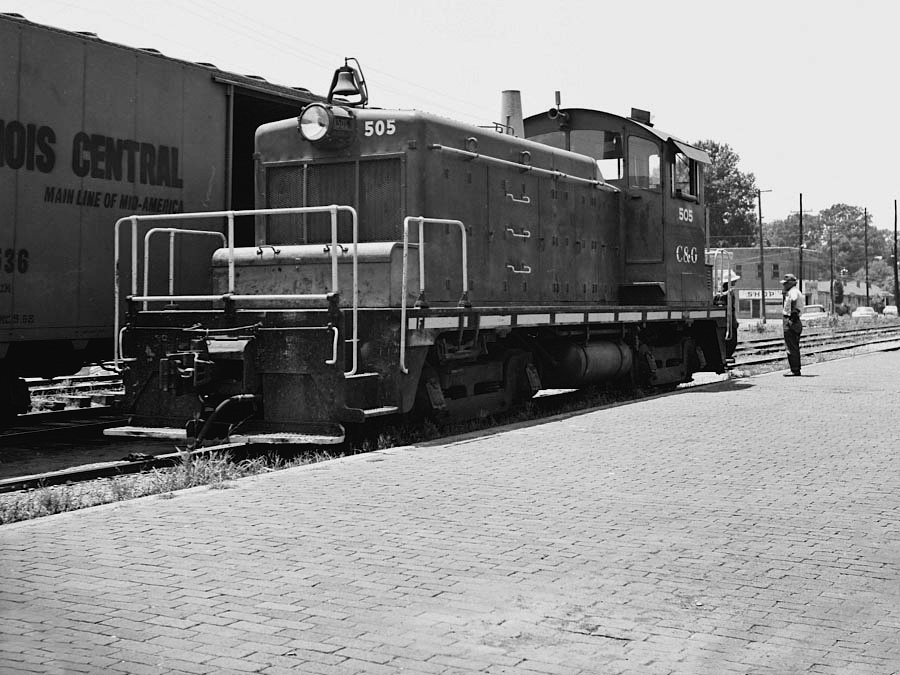
Sidewalk Strategy Session
Greenwood, Ms / May 1972 / JCH
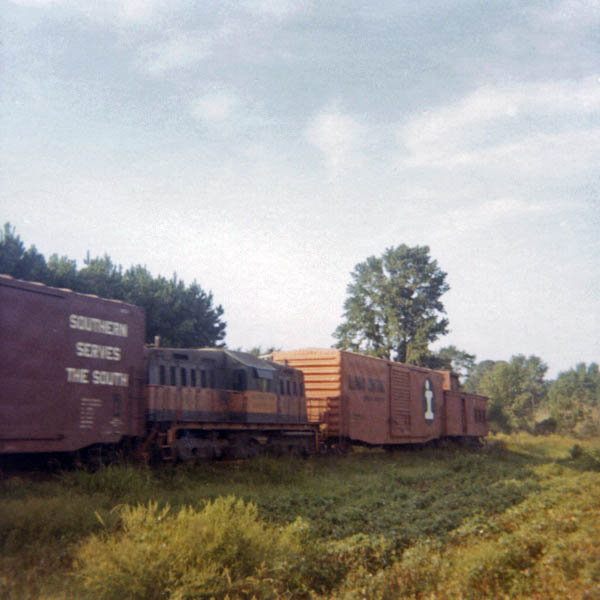
Changing of the Guard
Oct 1970 / JCH
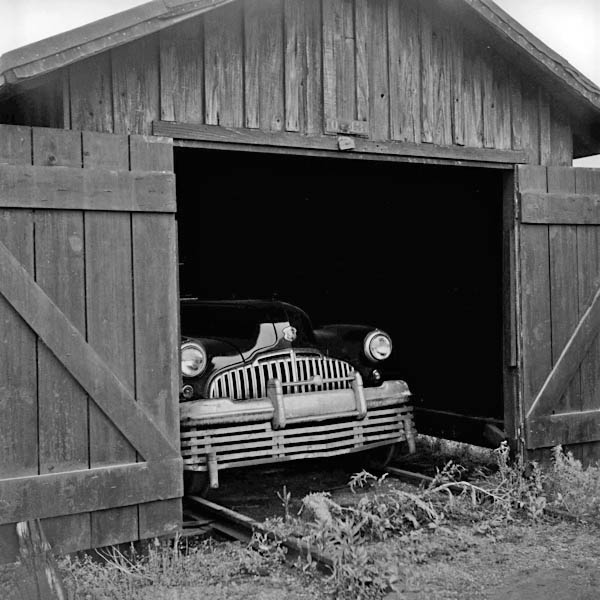
Coming Out Party
Columbus, Ms / May 1975 / JCH
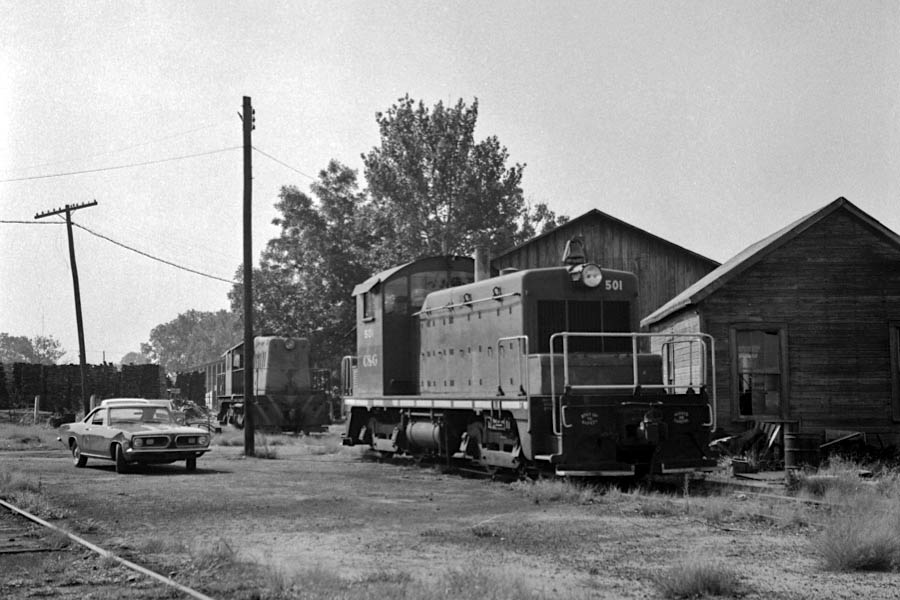
All's Quiet in the Delta
Greenville, Ms / Jul 1972 / JCH

The Fairest of Them All
Columbus, Ms / Mar 1973 / JCH
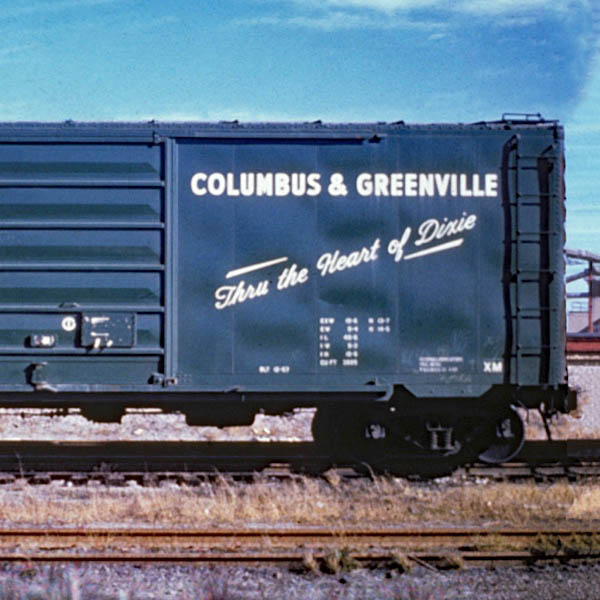
Heart Breakers
collection
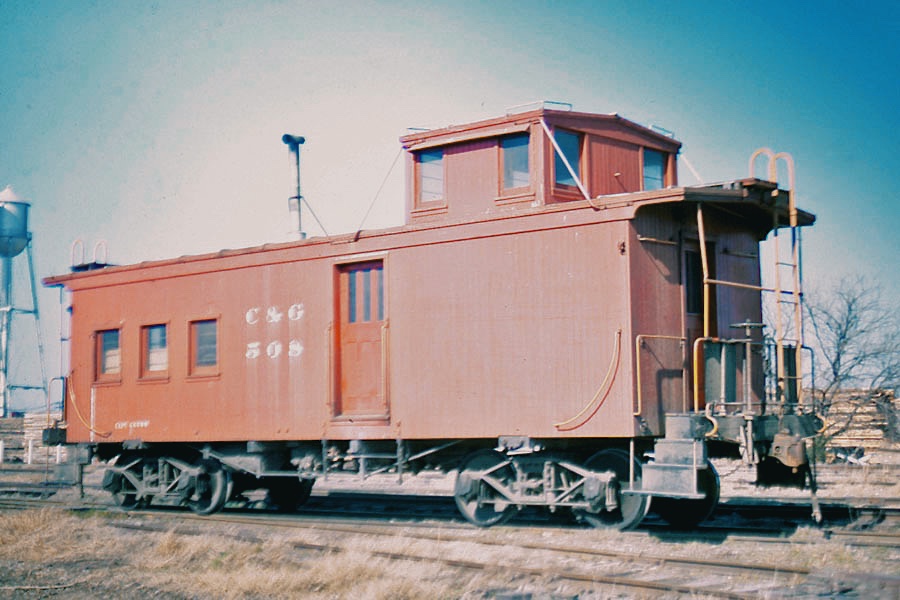
An American Classic
Greenville, Ms / May 1967 / collection
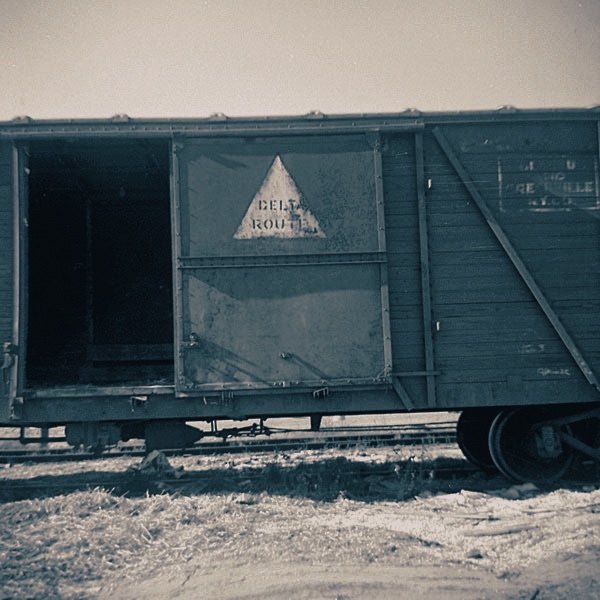
Delta Delivery
Pensacola, Fl / 1959 / JCH
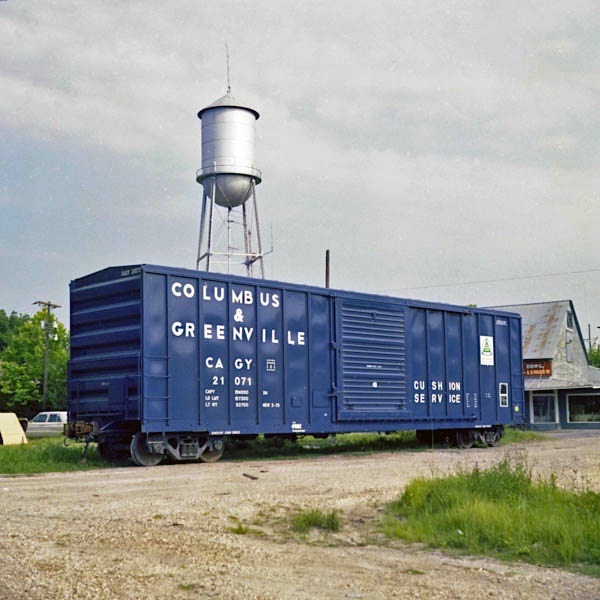
Columbus to Covington
Covington, La / Jul 1979 / JCH
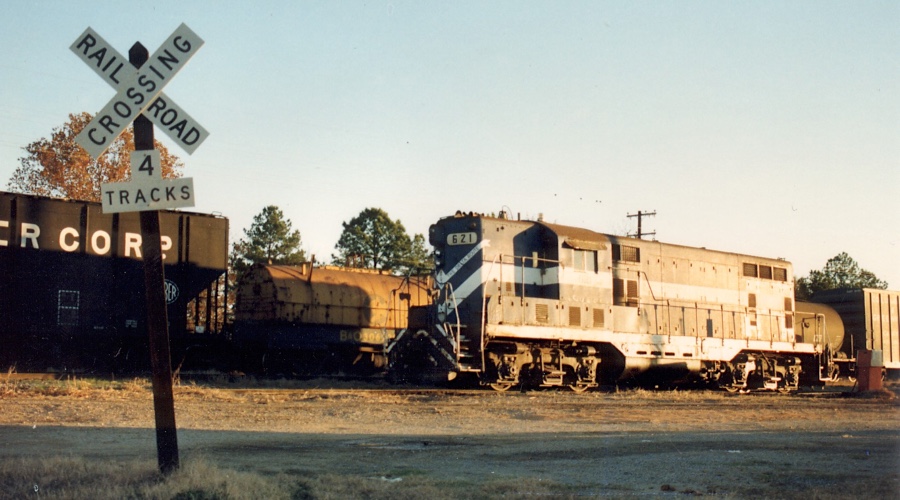
Morning Meditations
Greenwood, Ms / Dec 1989 / RWH

Hallowed Ground
Jun 2020 / RWH

Meet the Railroad the Cares
Columbus, Ms / Jun 2020 / RWH
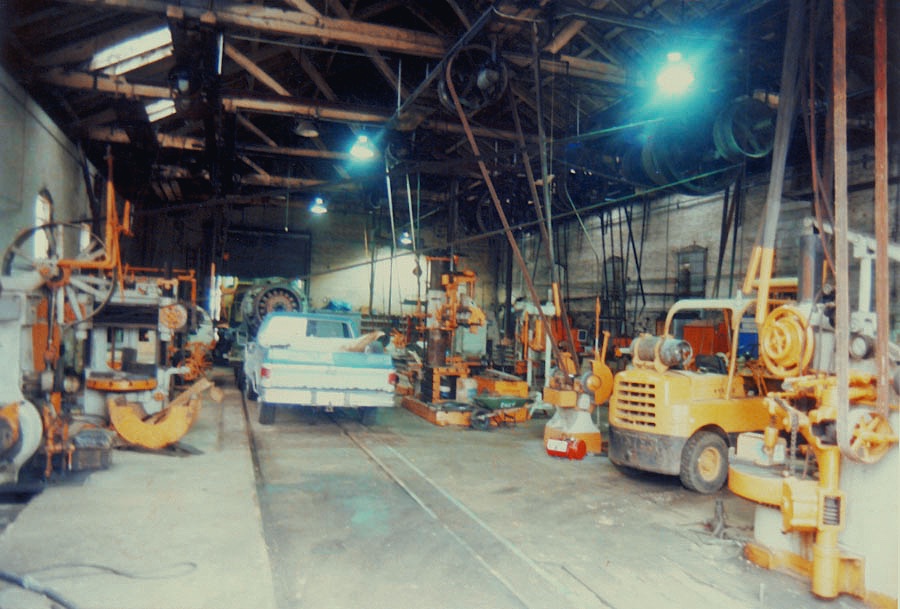
Mechanized Menajere
Columbus, Ms / Jul 1989 / JCH

The Sixty Dollar Steak
Greenville, Ms / Jun 2020 / RWH
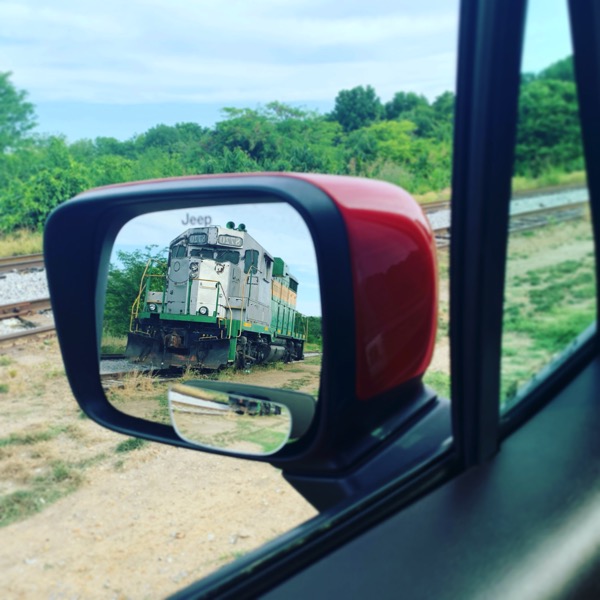
Pursued by a Paducah
Greenville, Ms / Jun 2020 / RWH
 Snapshots
Snapshots

Greenwood, Ms / Feb 1982 / collection
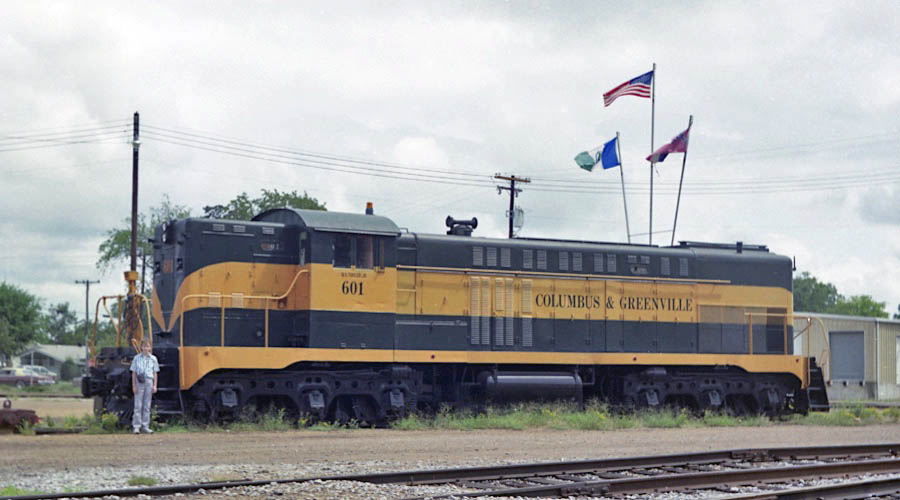
Columbus, Ms / Sep 1986 / JCH
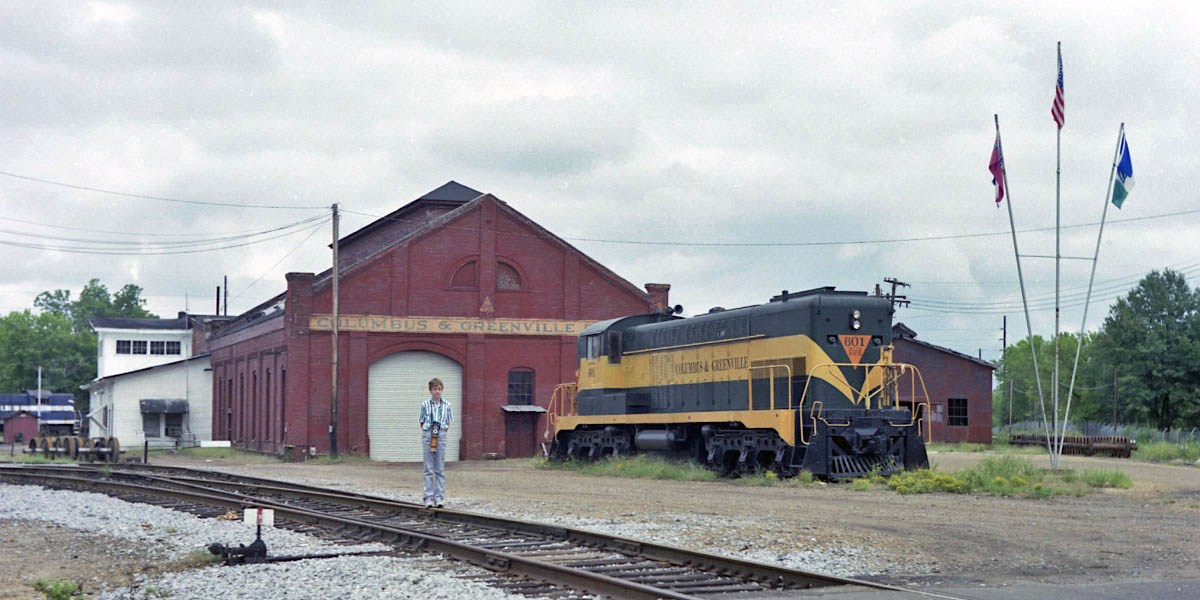
Columbus, Ms / Sep 1986 / JCH
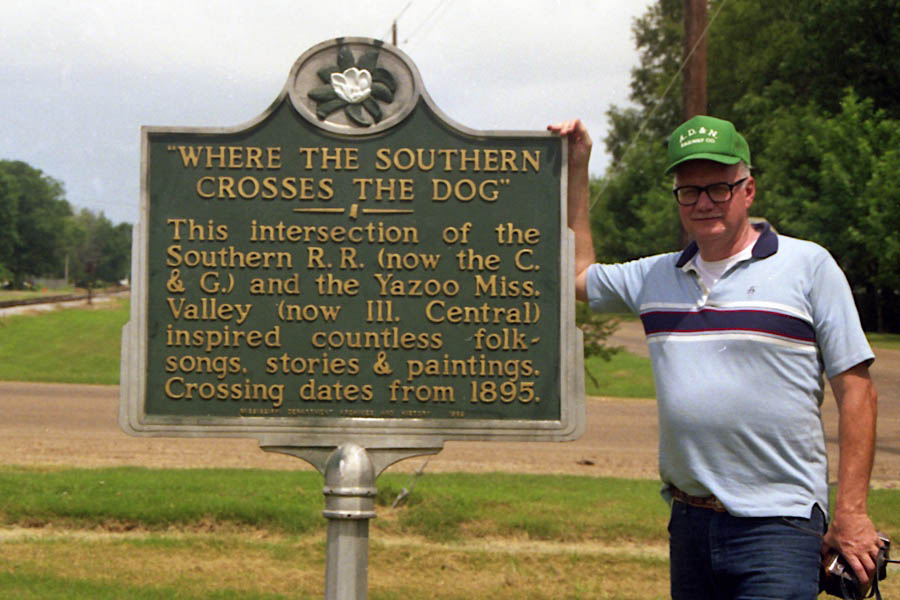
Moorhead, Ms / Jul 1989 / RWH
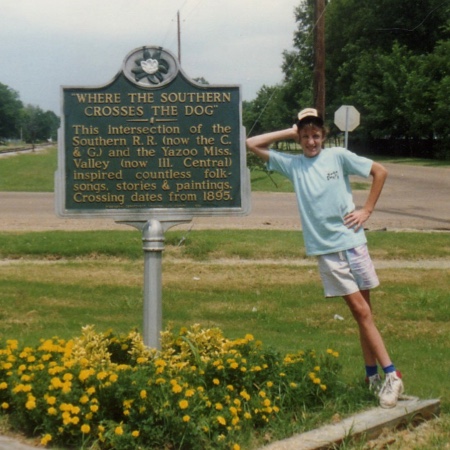
Moorhead, Ms / Jul 1989 / JCH
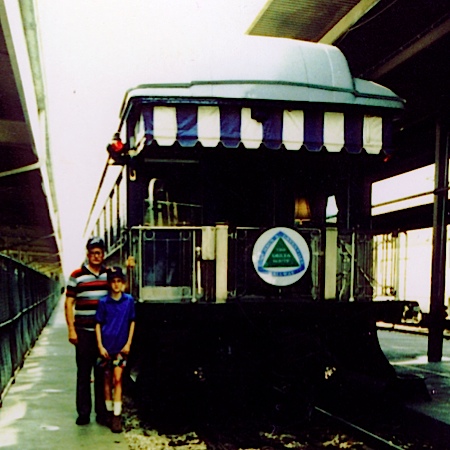
New Orleans, La / Jun 1987 / Lucile Hawkins
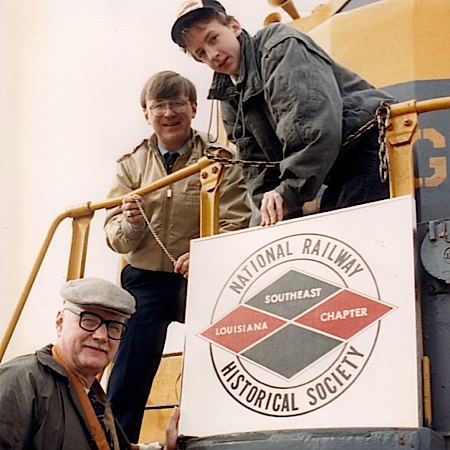
Greenwood, Ms / Nov 1989 / Gordon Payne
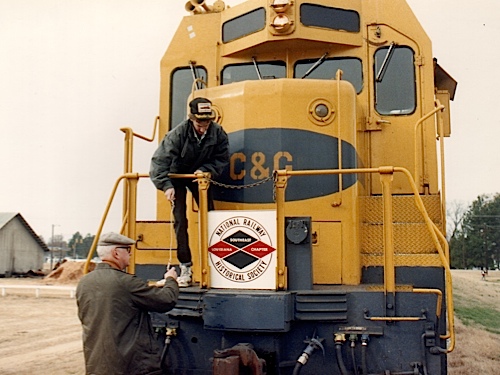
Greenwood, Ms / Nov 1989 / Gordon Payne
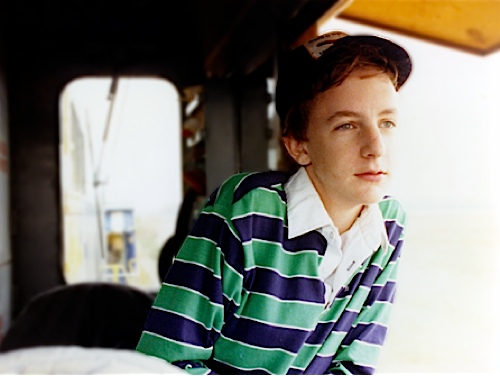
Nov 1989 / Gordon Payne
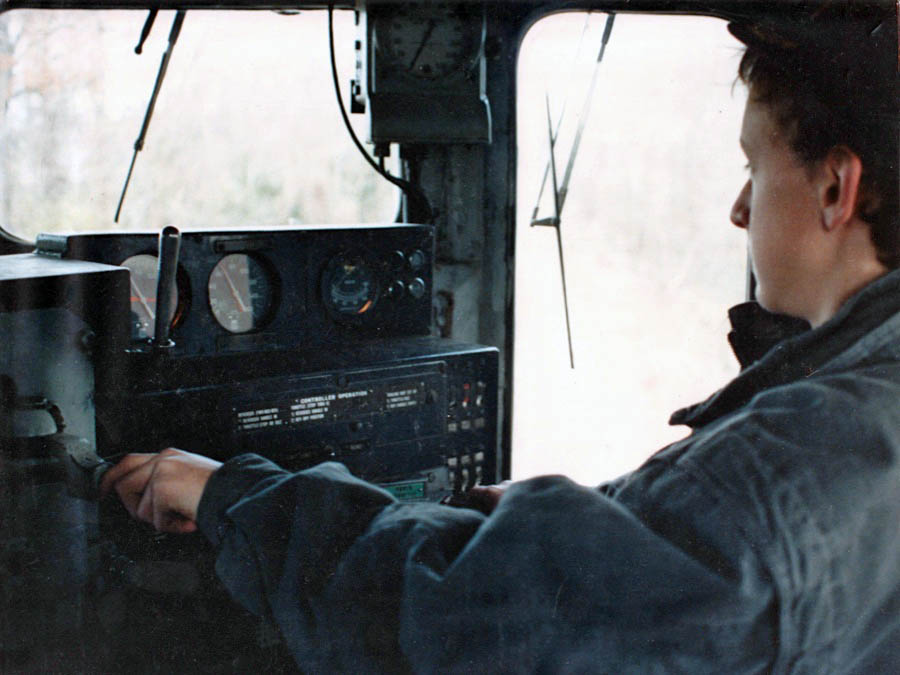
Nov 1989 / Gordon Payne
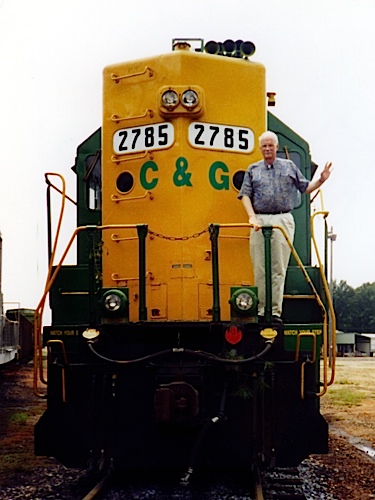
Columbus, Ms / collection
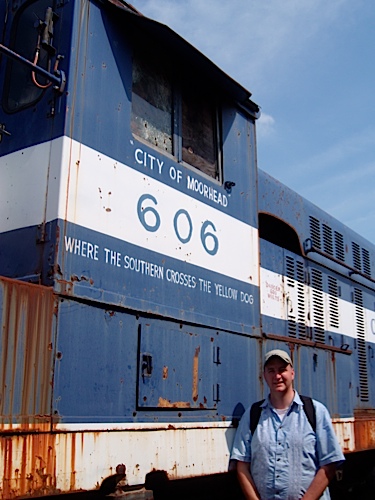
Union, Il / Sep 2009 / ETH
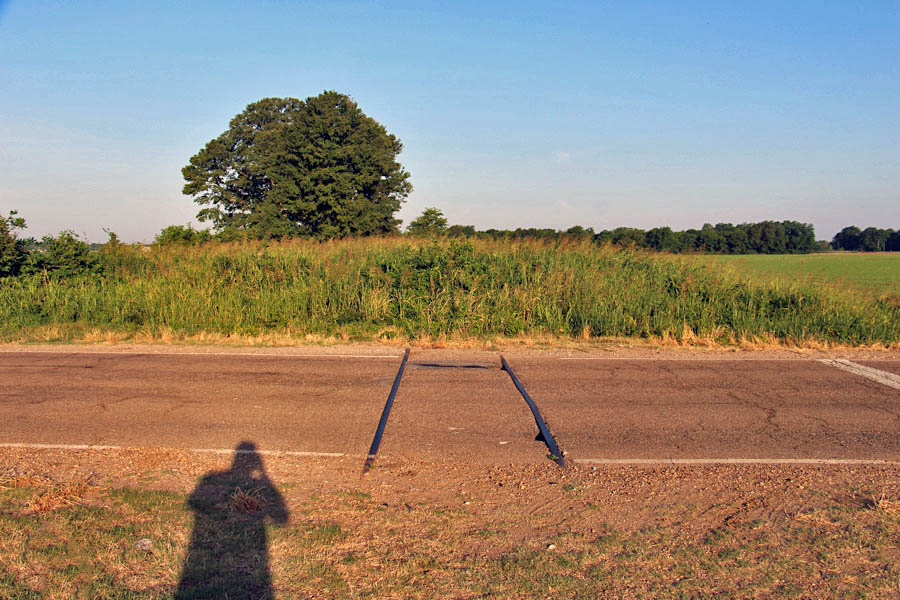
Ashley Crossing, Ms / Jun 2020
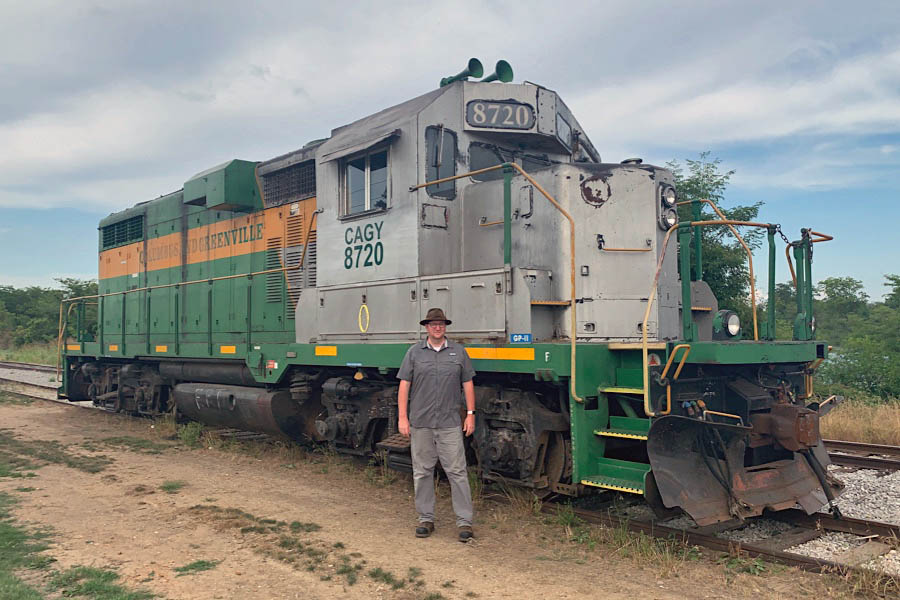
Greenville, Ms / Jun 2020
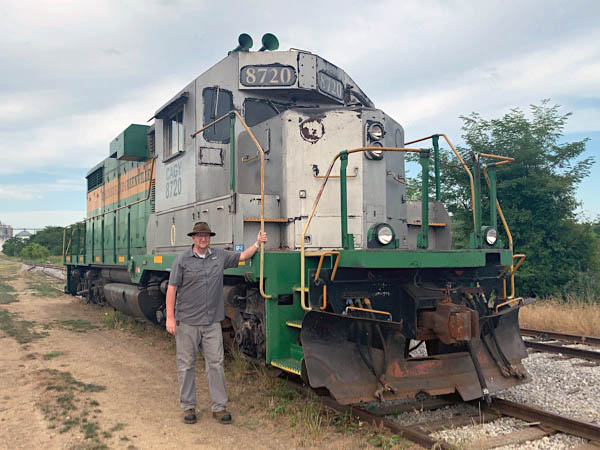
Greenville, Ms / Jun 2020
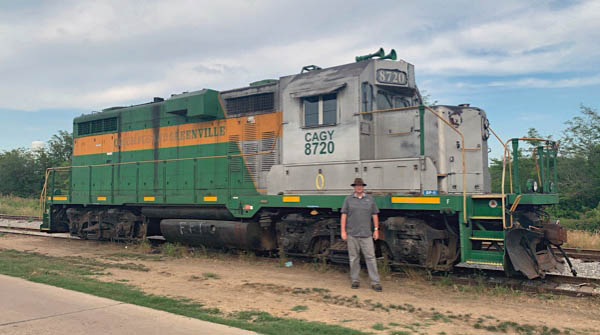
Greenville, Ms / Jun 2020ails
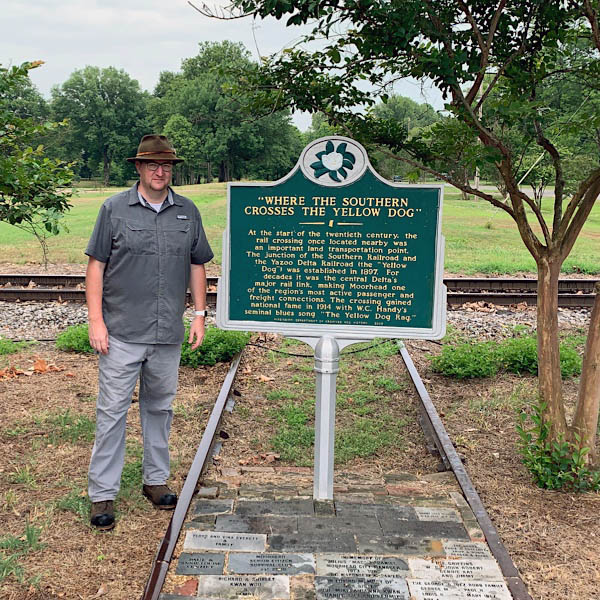
Moorhead, Ms / Jun 2020
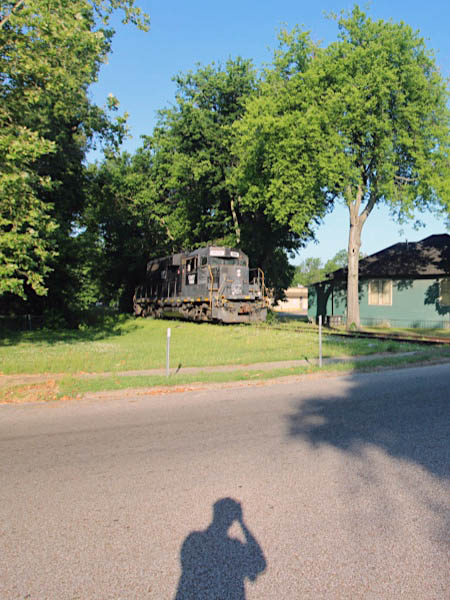
Greenville, Ms / Jun 2020
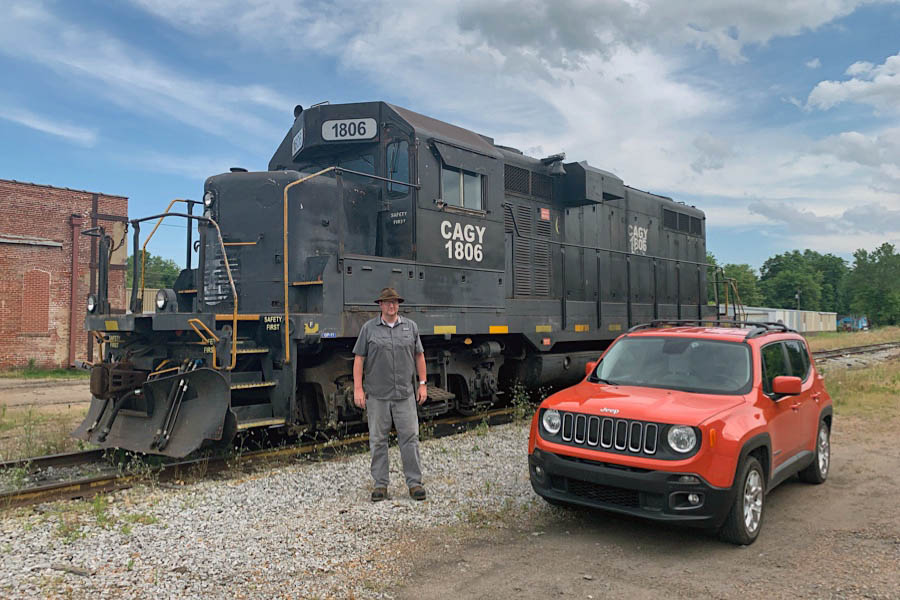
Greenville, Ms / Jun 2020
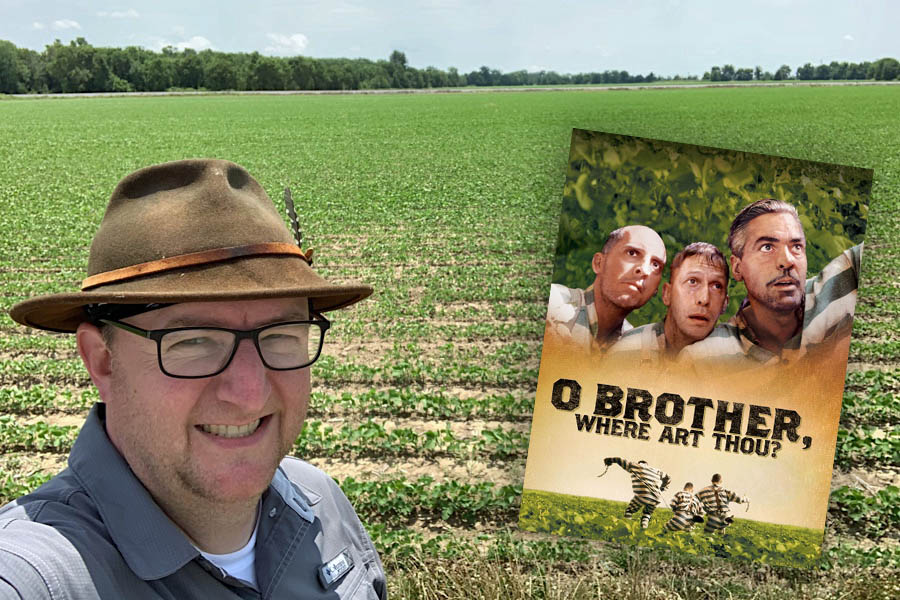
Elizabeth, Ms / Jun 2020

Clarksdale, Ms / Jun 2020
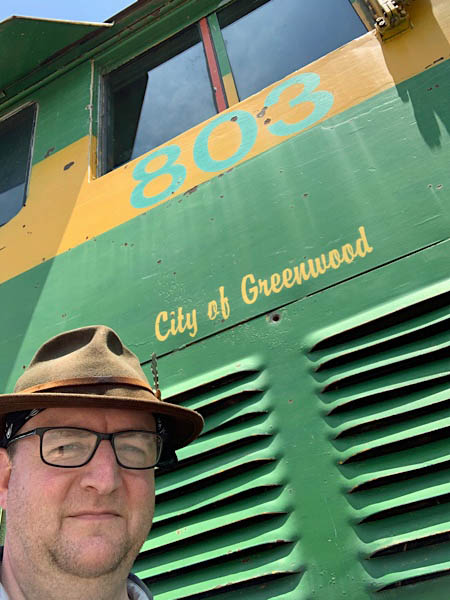
Jun 2020
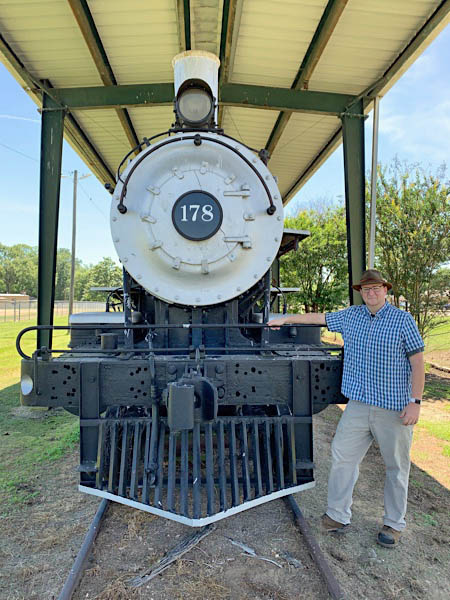
Columbus, Ms / Jun 2020
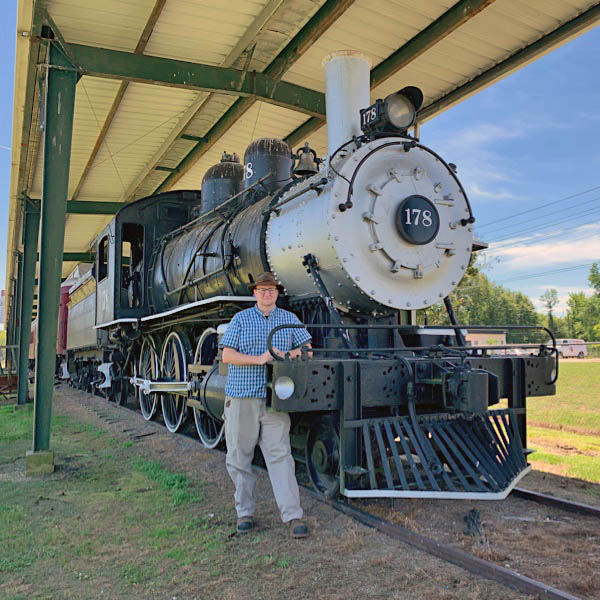
Columbus, Ms / Jun 2020
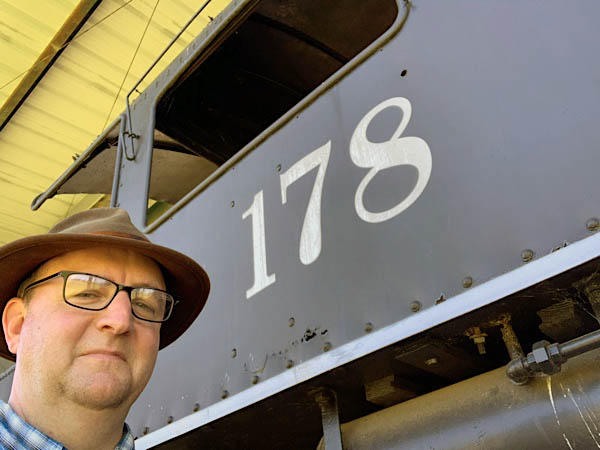
Columbus, Ms / Jun 2020
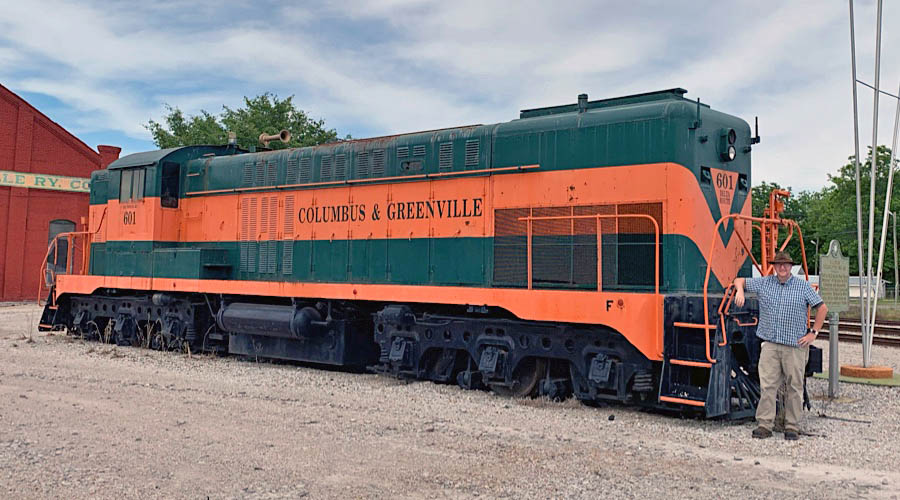
Columbus, Ms / Jun 2020
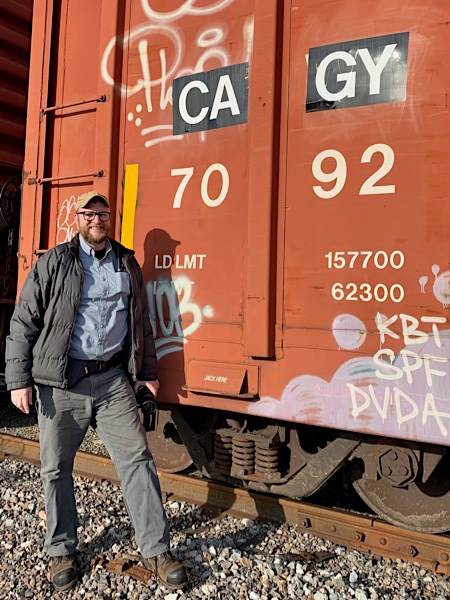
Kingsport, Tn / Nov 2022
Links / Sources

Columbus & Greenville bibliography / JCH
- Genessee & Wyoming Inc.
- Wikipedia article for Columbus & Greenville Rwy
- Mississippi Rails collection for Columbus & Greenville
- Diesel Shop roster for contemporary Columbus & Greenville
- Railroad Picture Archives Columbus & Greenville diesel roster
- Louis R. Saillard, Delta Route: A History of the C&G Railway - First Edition (1981)
- Edward A. Lewis, American Shortline Railway Guide - Fifth Edition (Kalmbach, 1996) 88-9
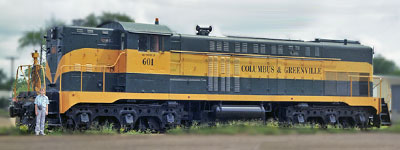
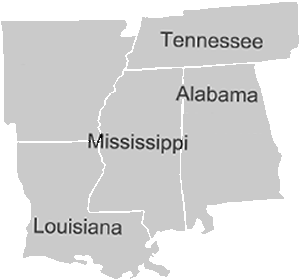

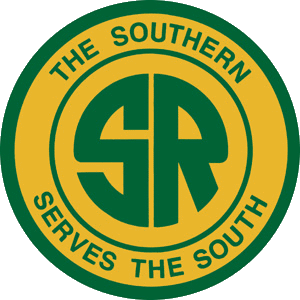
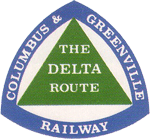
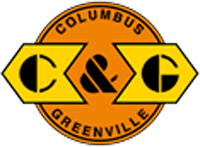 Currently, the G&W-owned Columbus & Greenville is 150 miles long, hauling commodities including agricultural products, chemicals and plastics, metals, waste. Railcar storage is also provided. Interchanges are maintained with the Norfolk Southern, Kansas City Southern, and Burlington-Northern Santa Fe in the Columbus area, and with the Canadian National at Greenwood for the western end of the operation. As of 2020, after decades offline, the Great River Railroad in Rosedale is making plans to reactivate its short line, which would once again interchange with the western end of the CAGY at Metcalf. CAGY shops are maintained in around the historic roundhouse in Columbus.
Currently, the G&W-owned Columbus & Greenville is 150 miles long, hauling commodities including agricultural products, chemicals and plastics, metals, waste. Railcar storage is also provided. Interchanges are maintained with the Norfolk Southern, Kansas City Southern, and Burlington-Northern Santa Fe in the Columbus area, and with the Canadian National at Greenwood for the western end of the operation. As of 2020, after decades offline, the Great River Railroad in Rosedale is making plans to reactivate its short line, which would once again interchange with the western end of the CAGY at Metcalf. CAGY shops are maintained in around the historic roundhouse in Columbus.

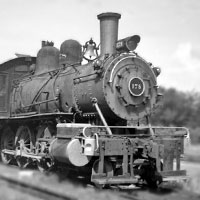
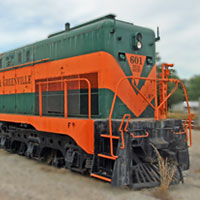

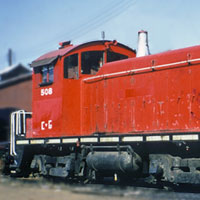
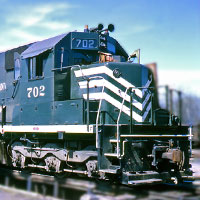
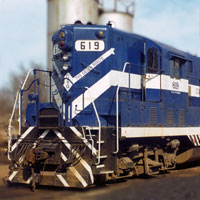
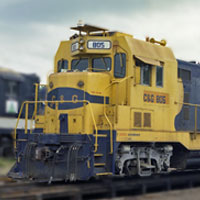
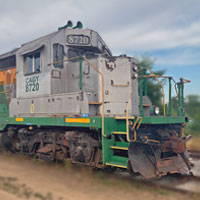
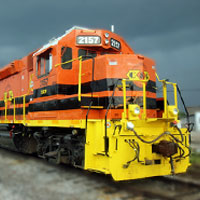
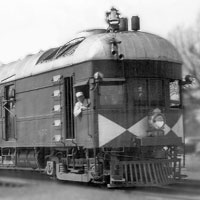
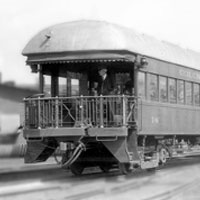
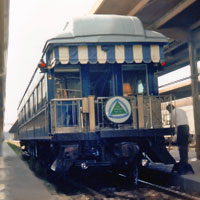
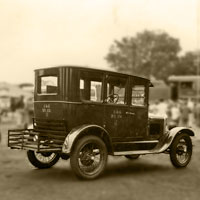

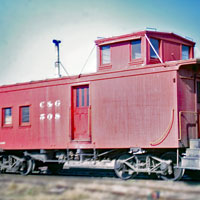
 Along the Line
Along the Line
